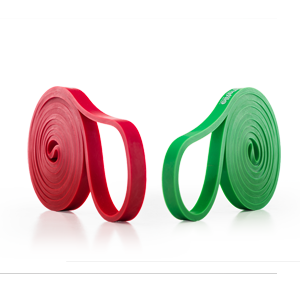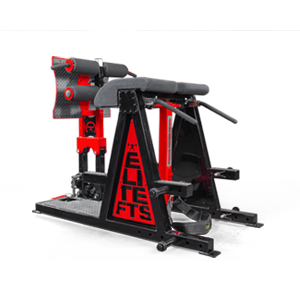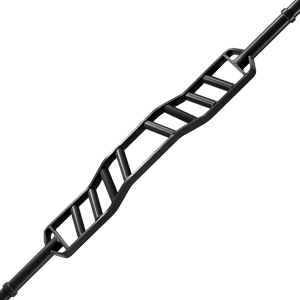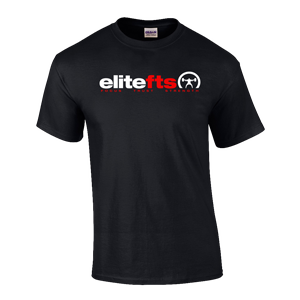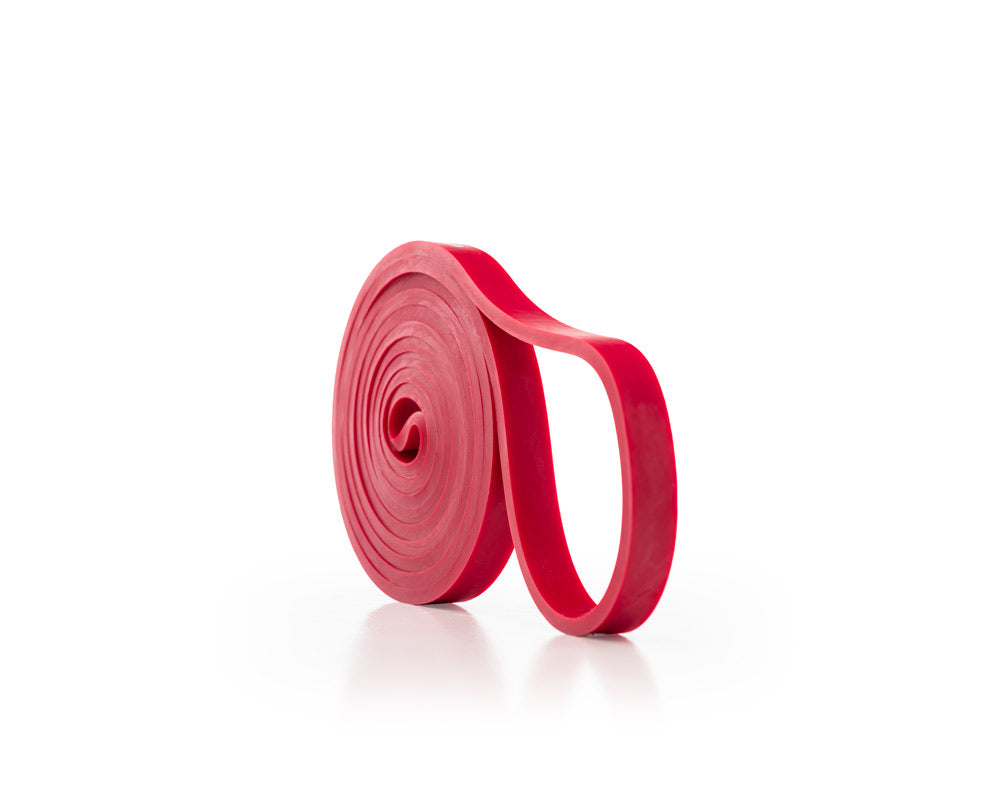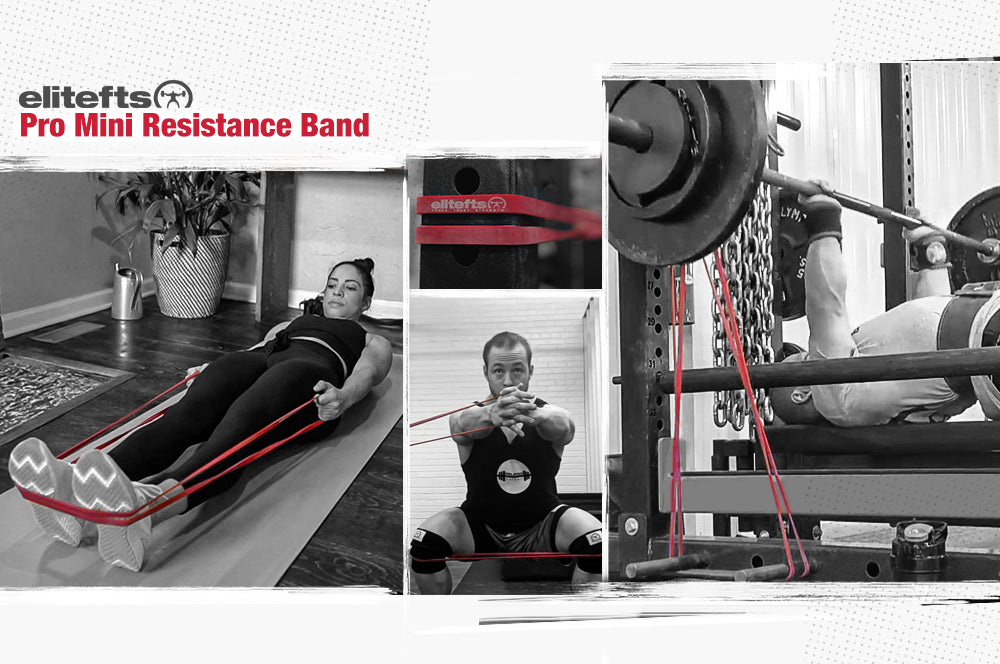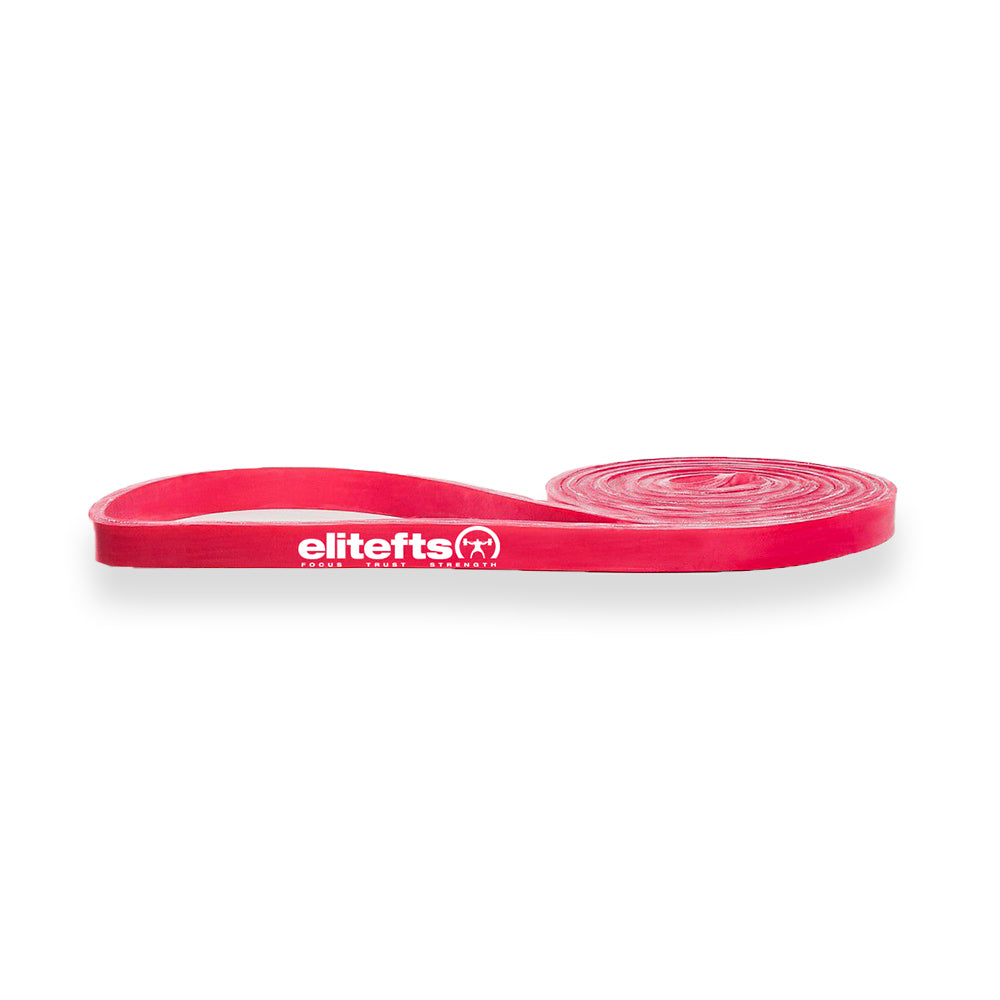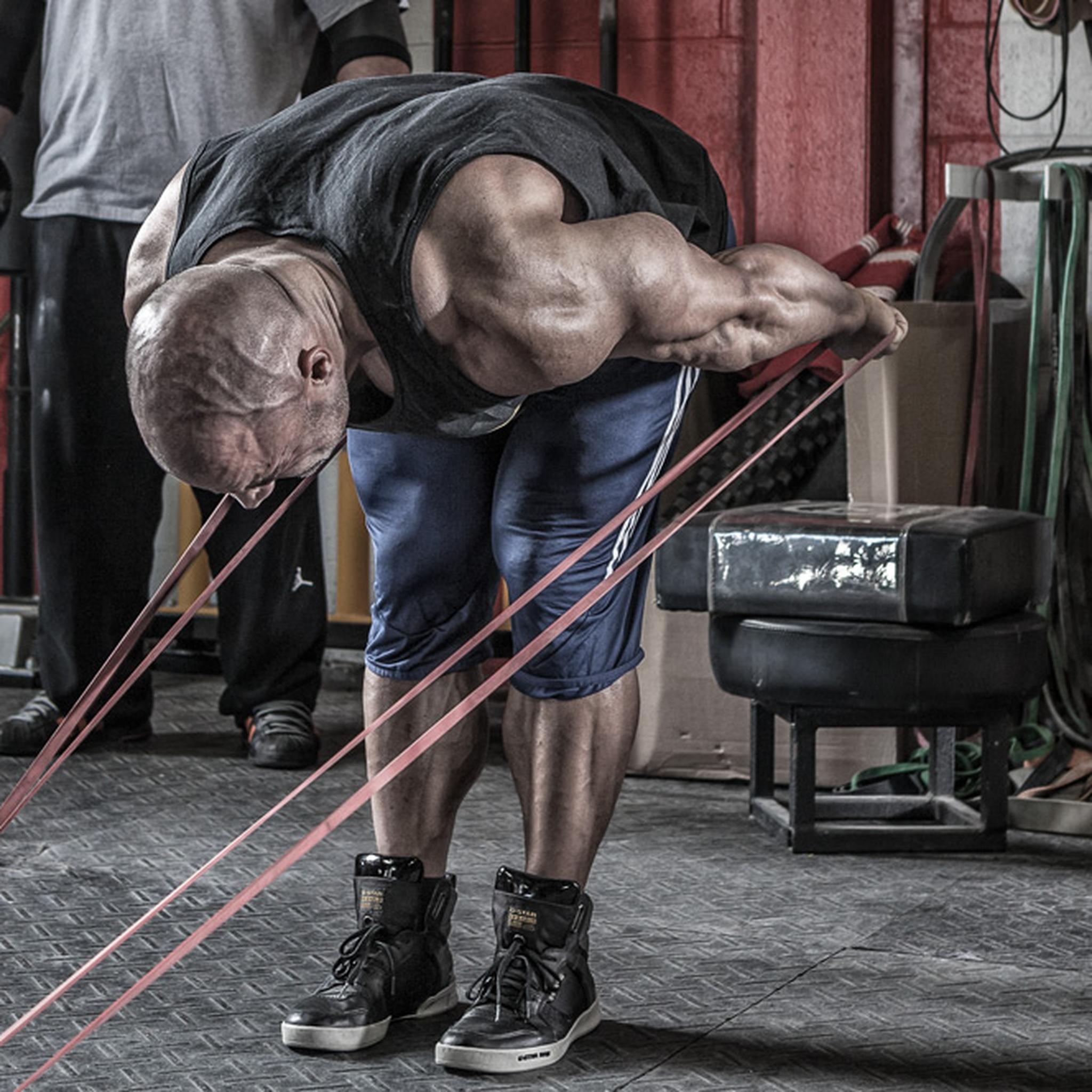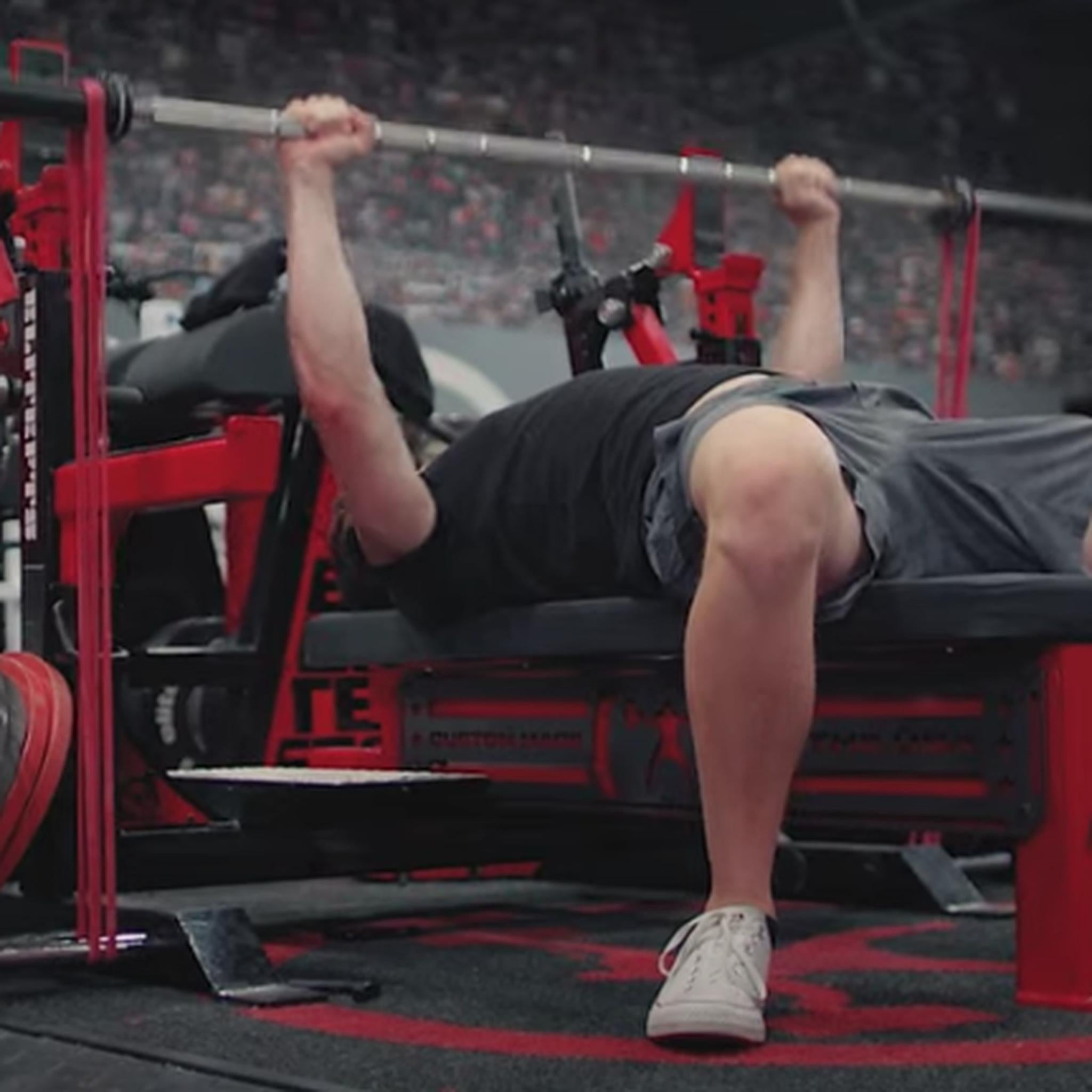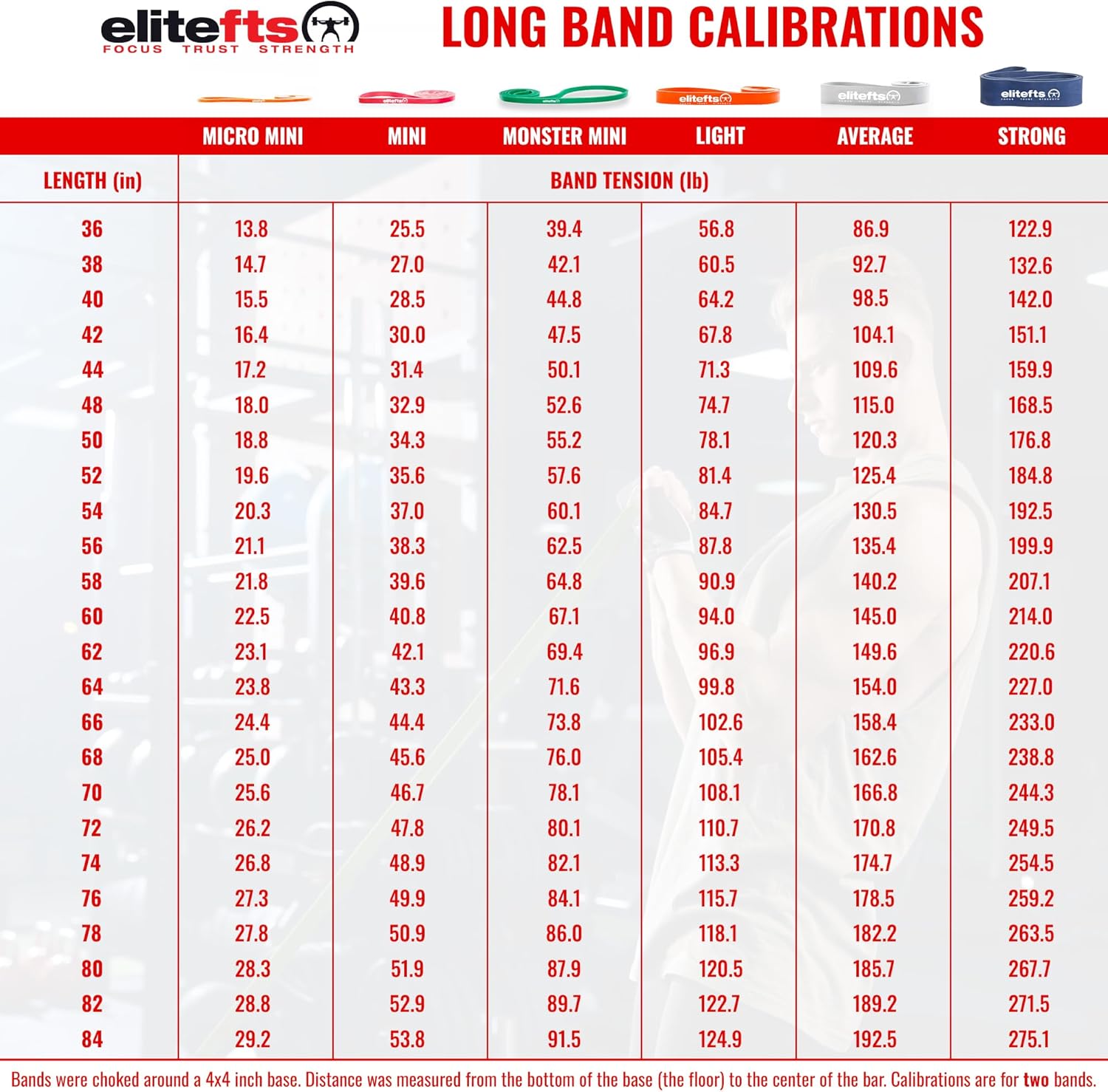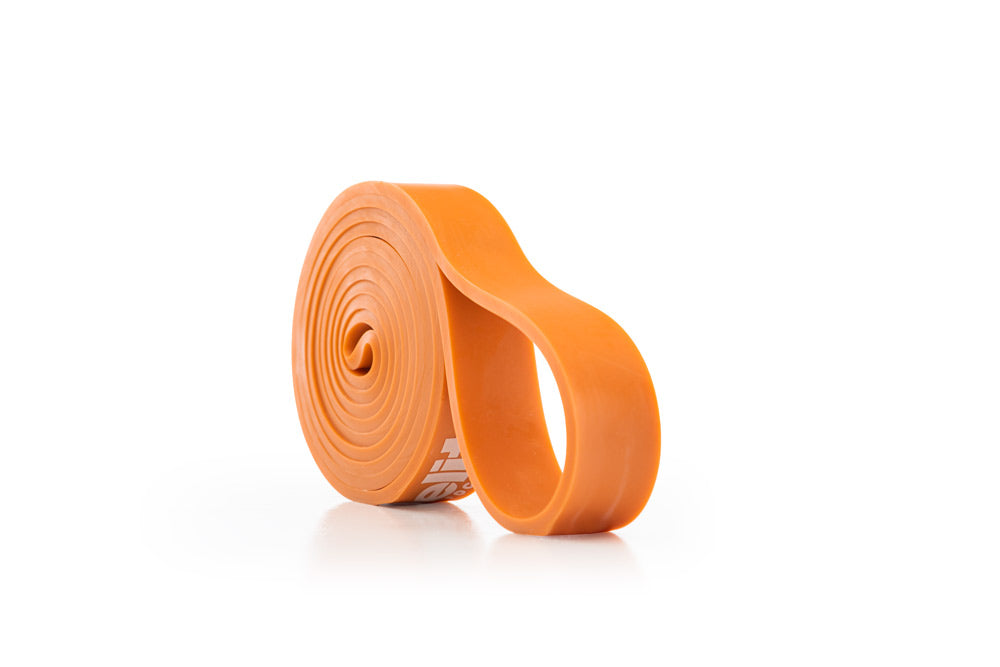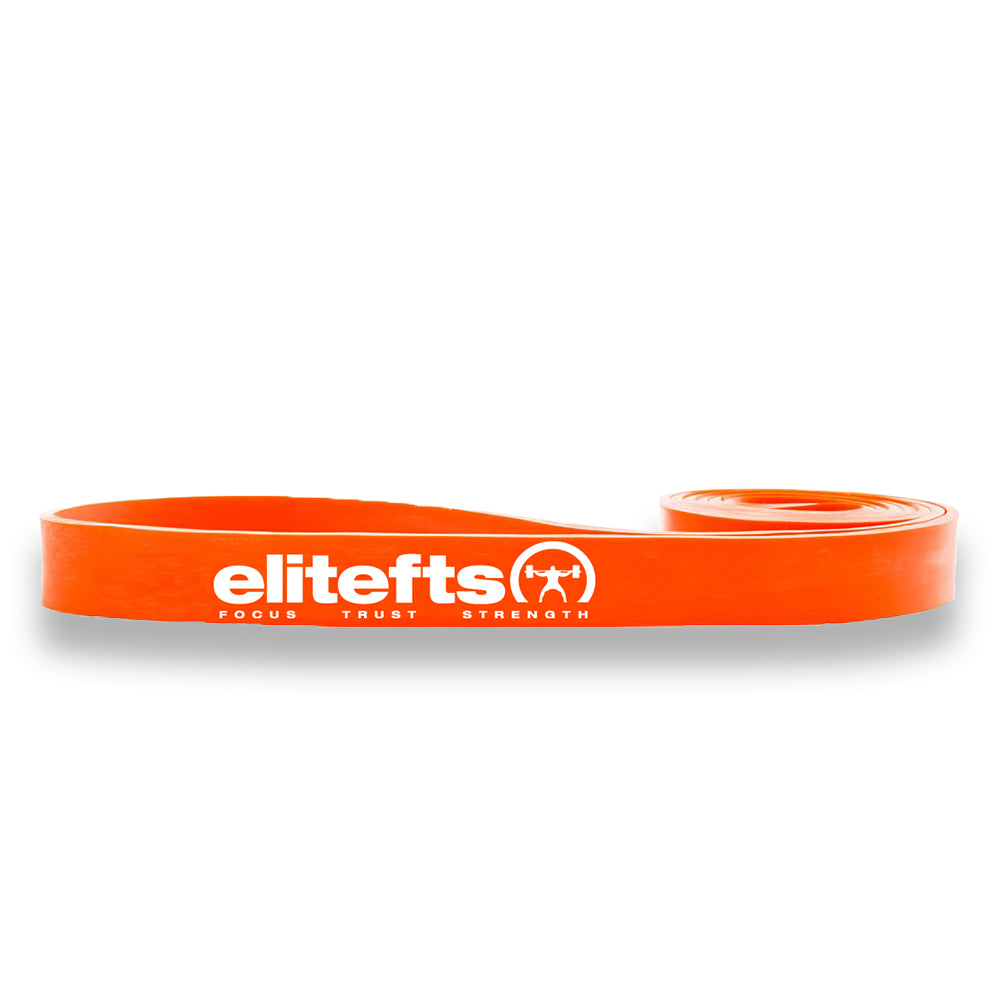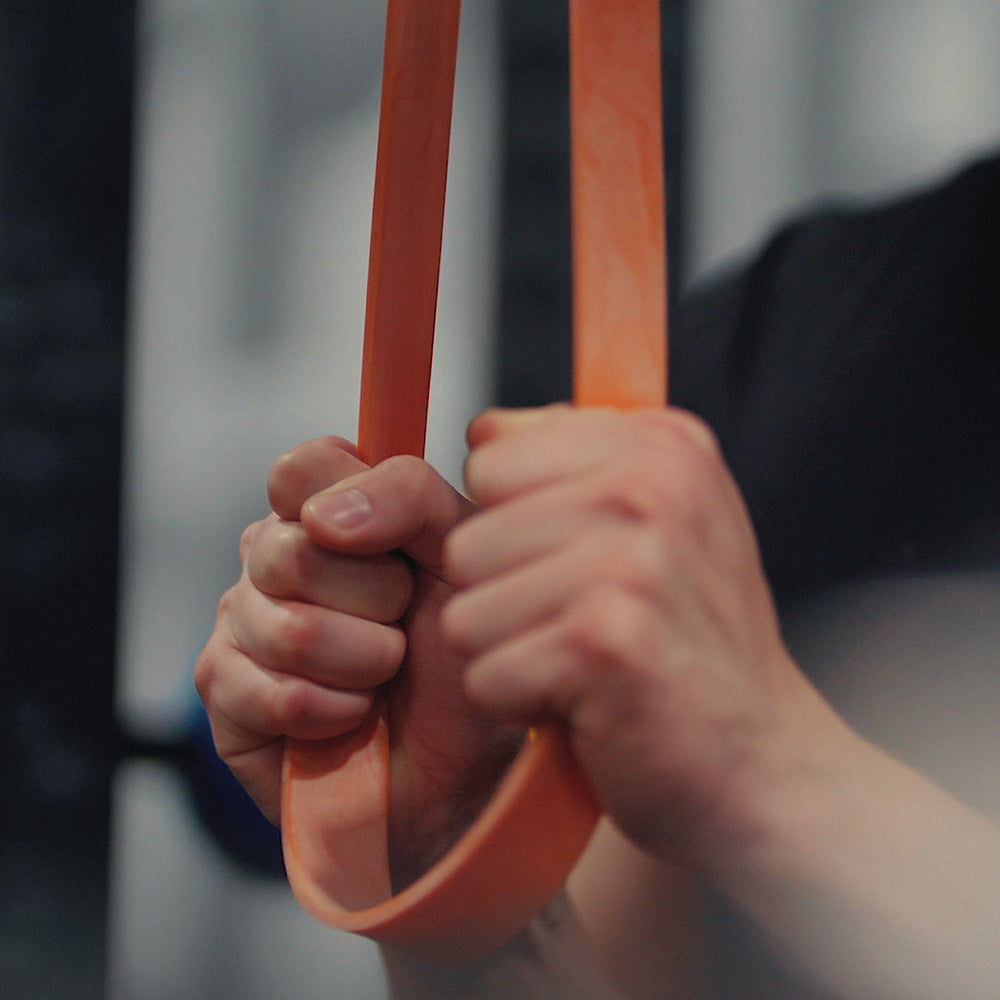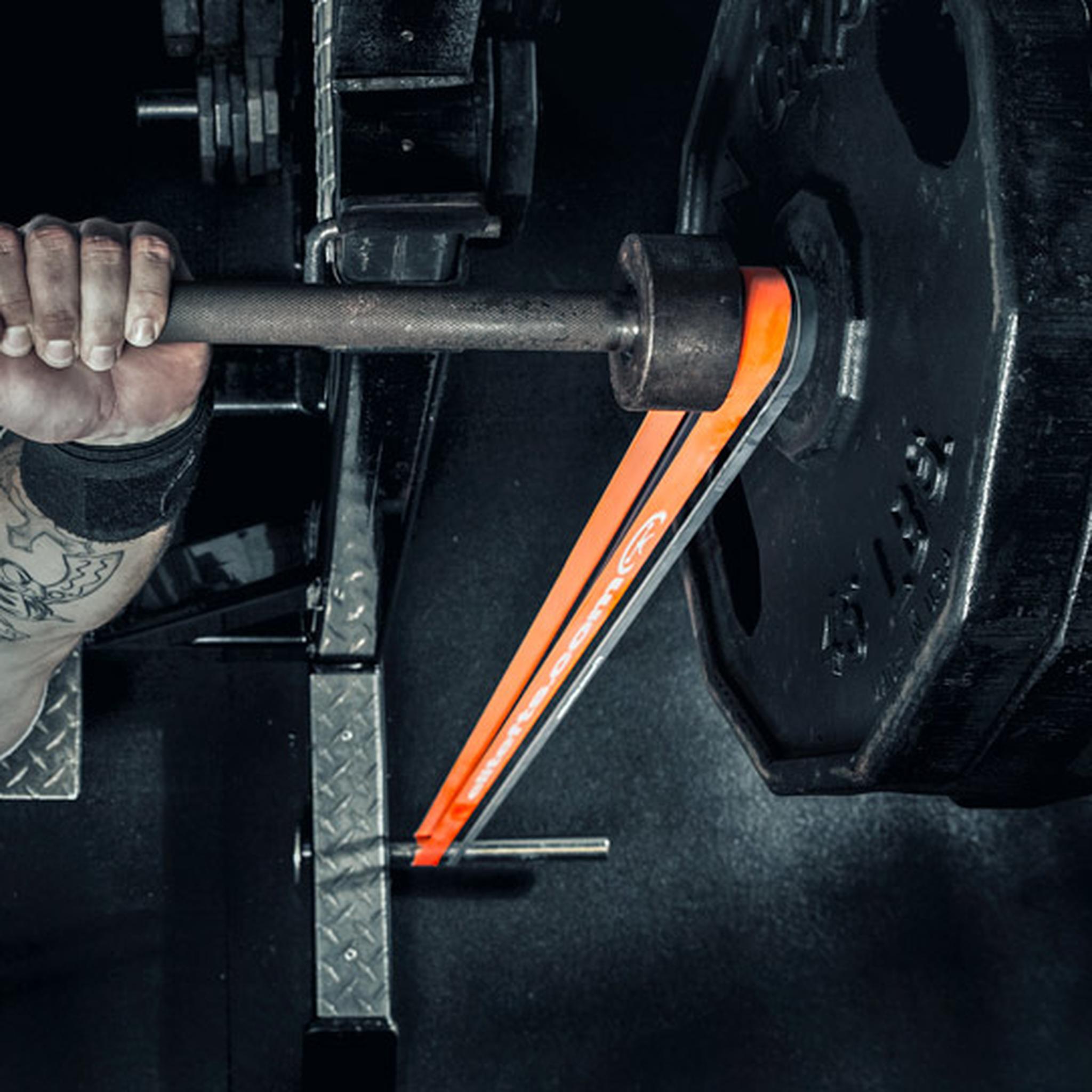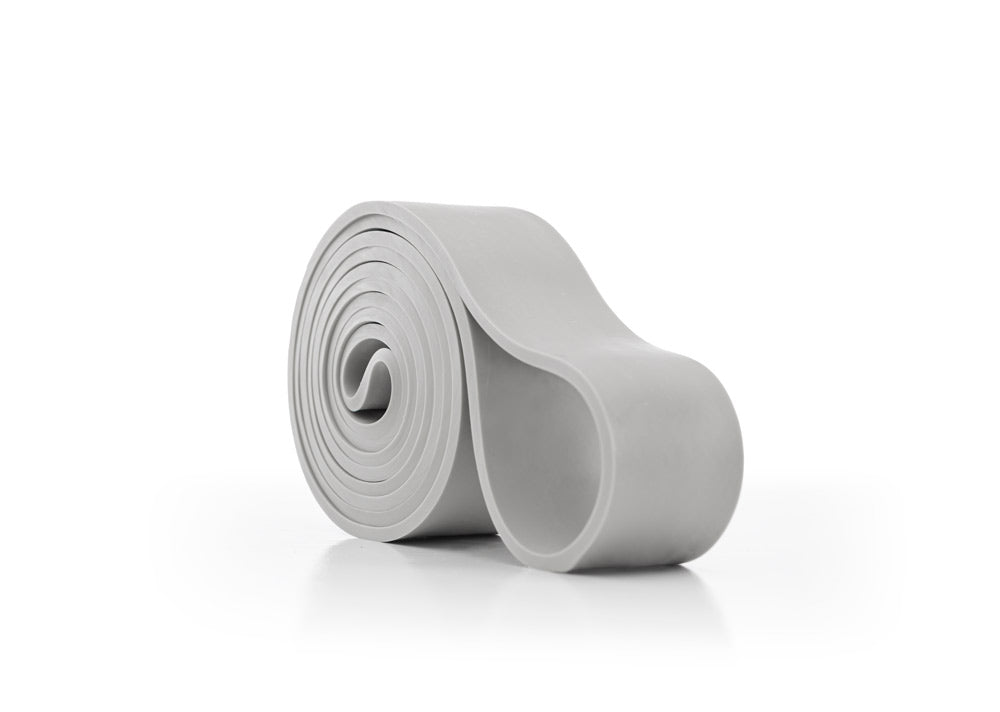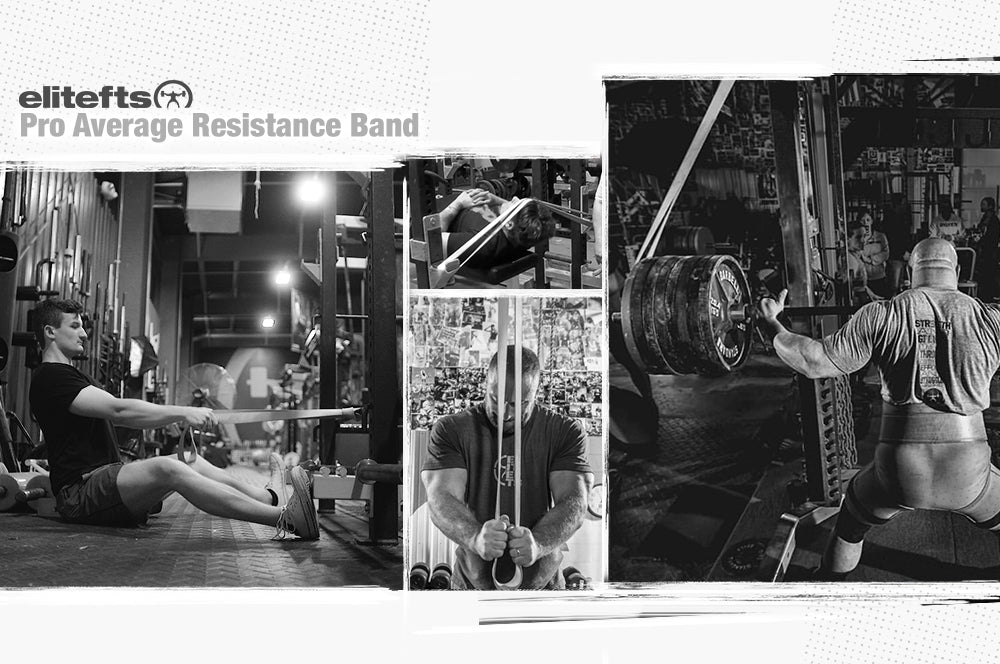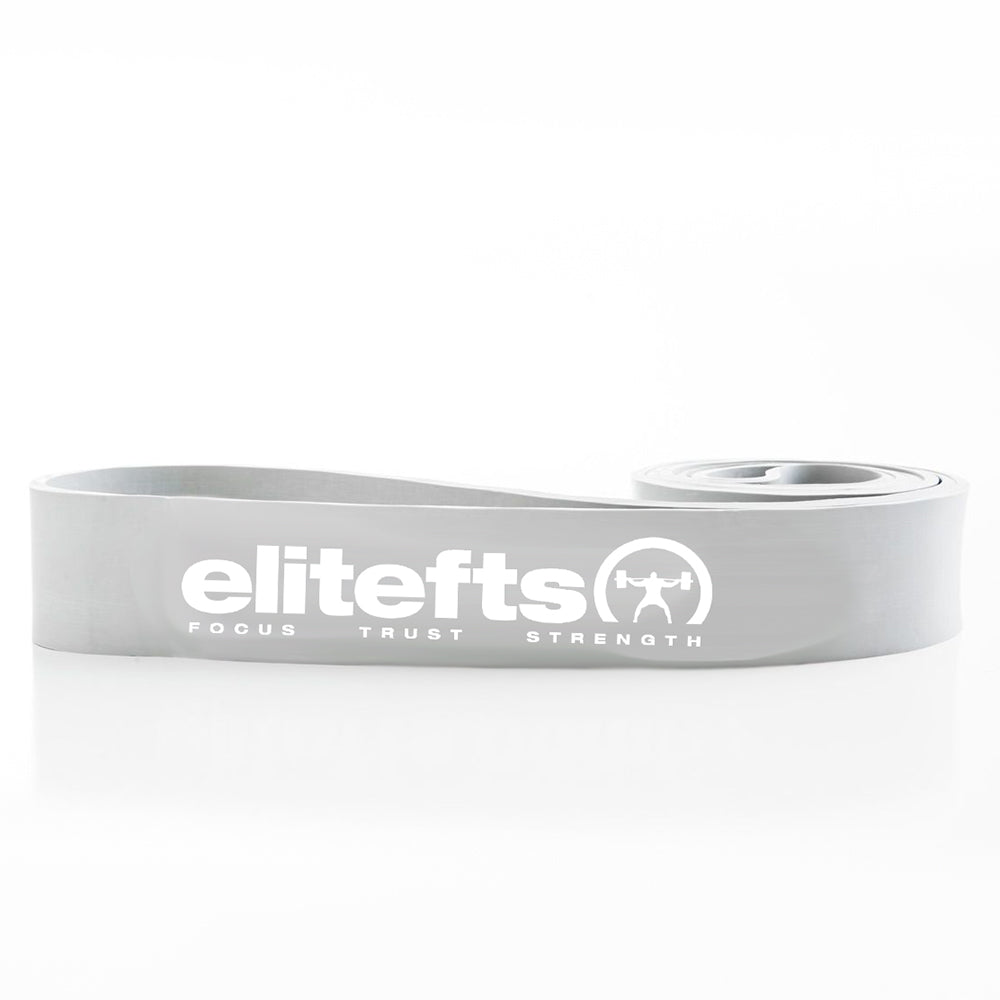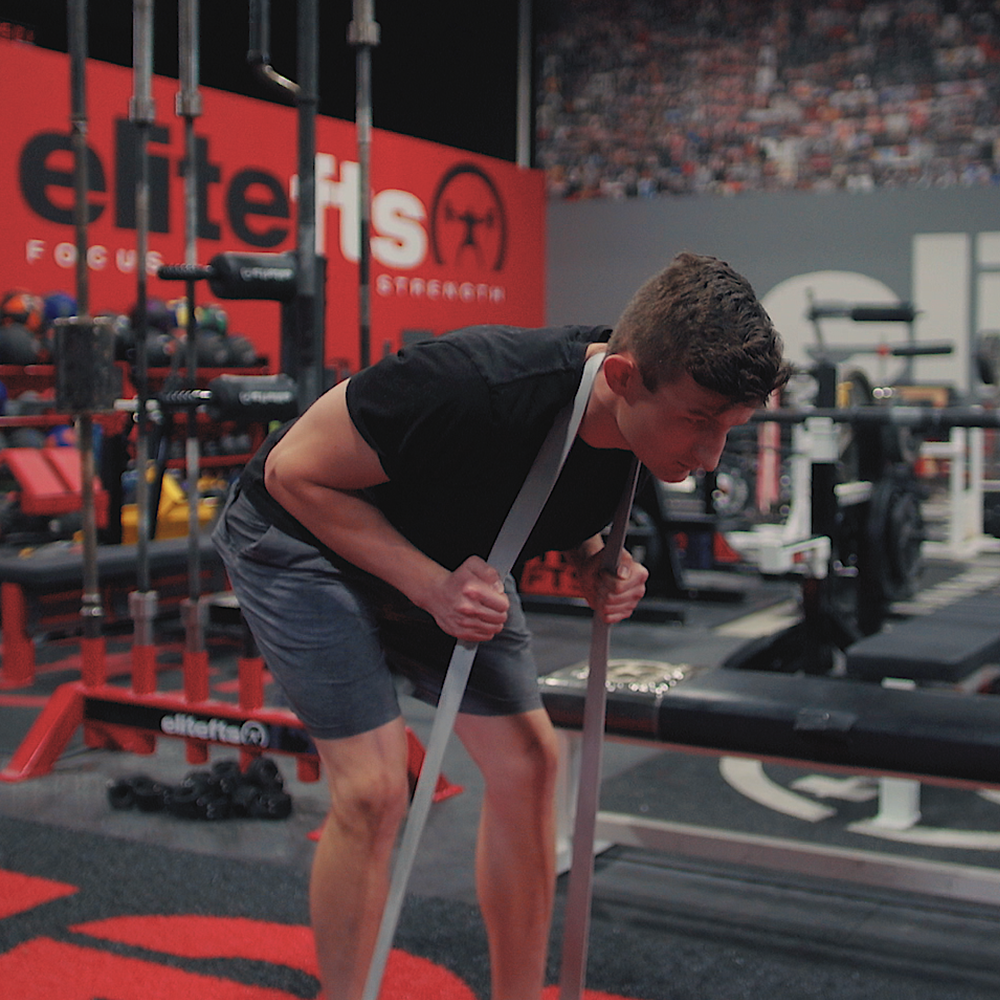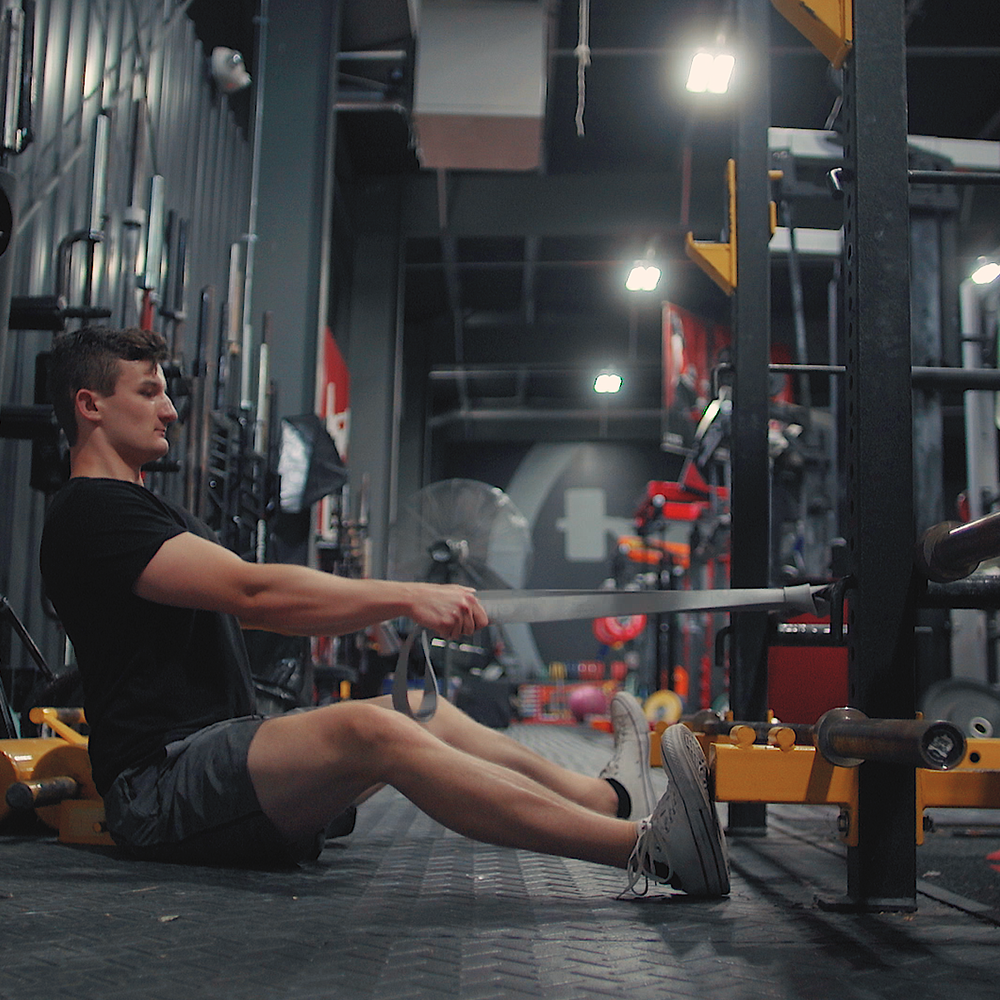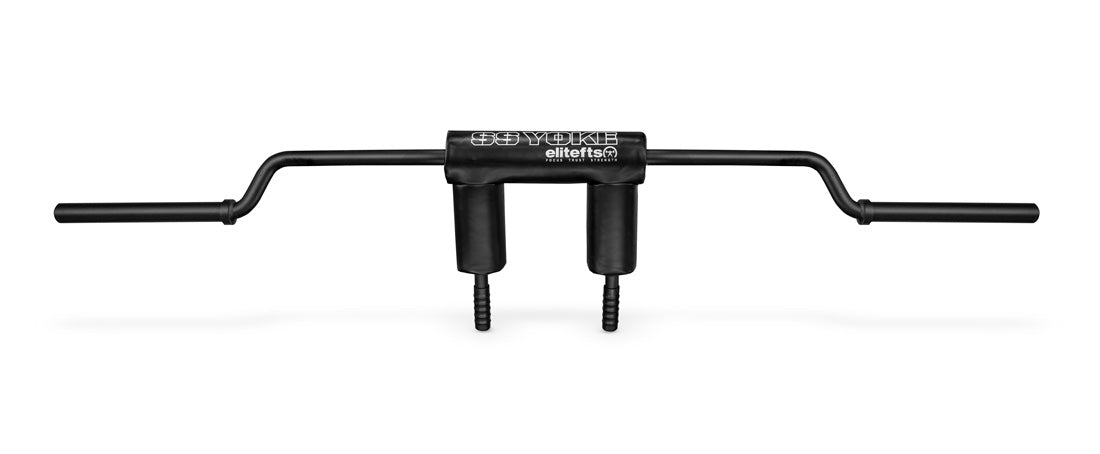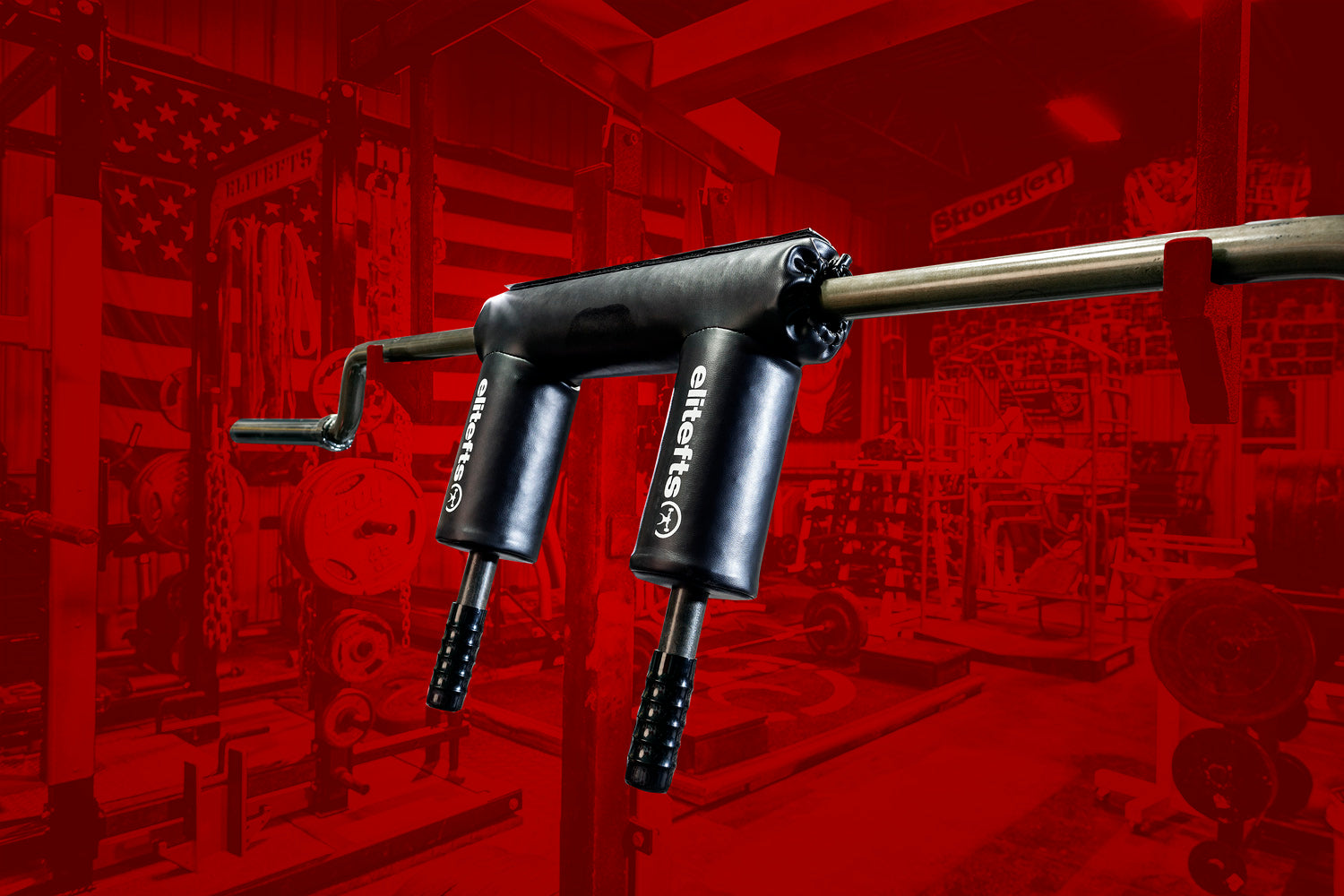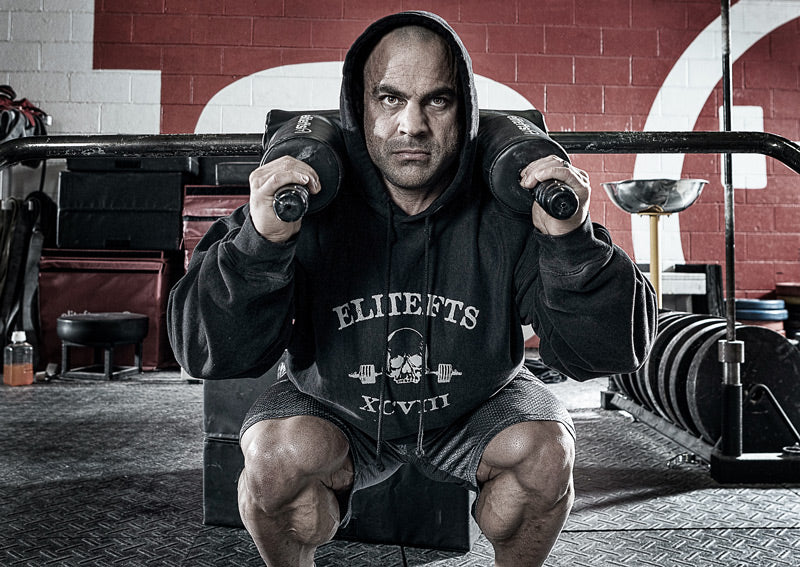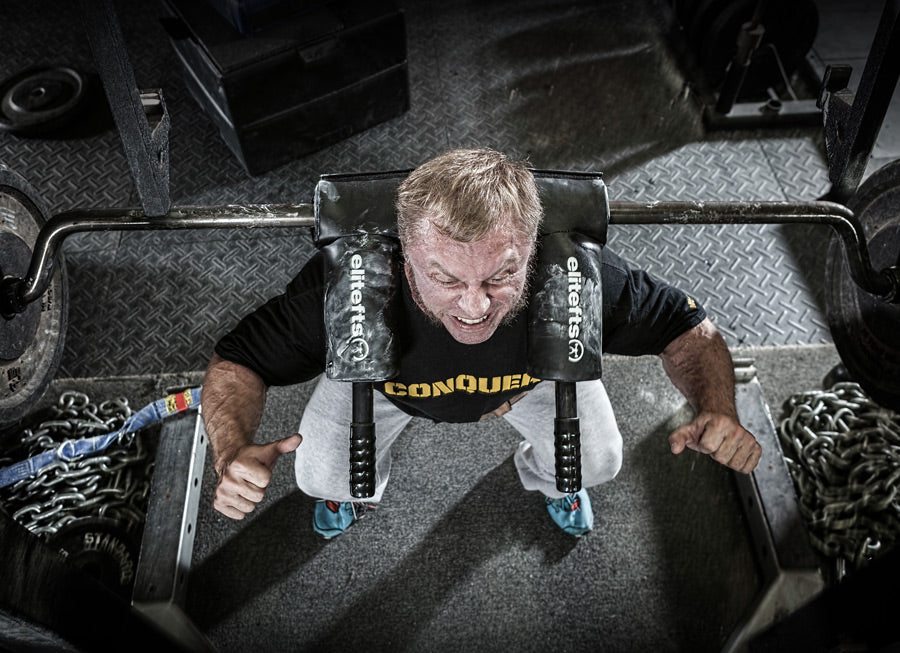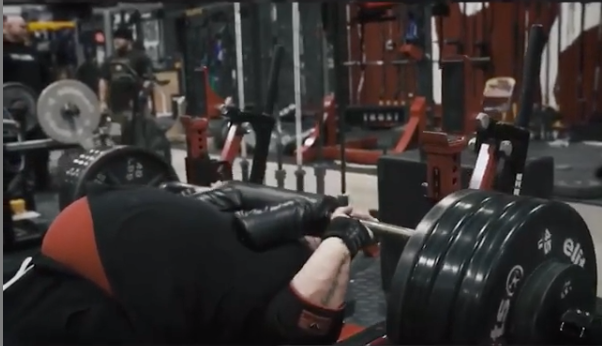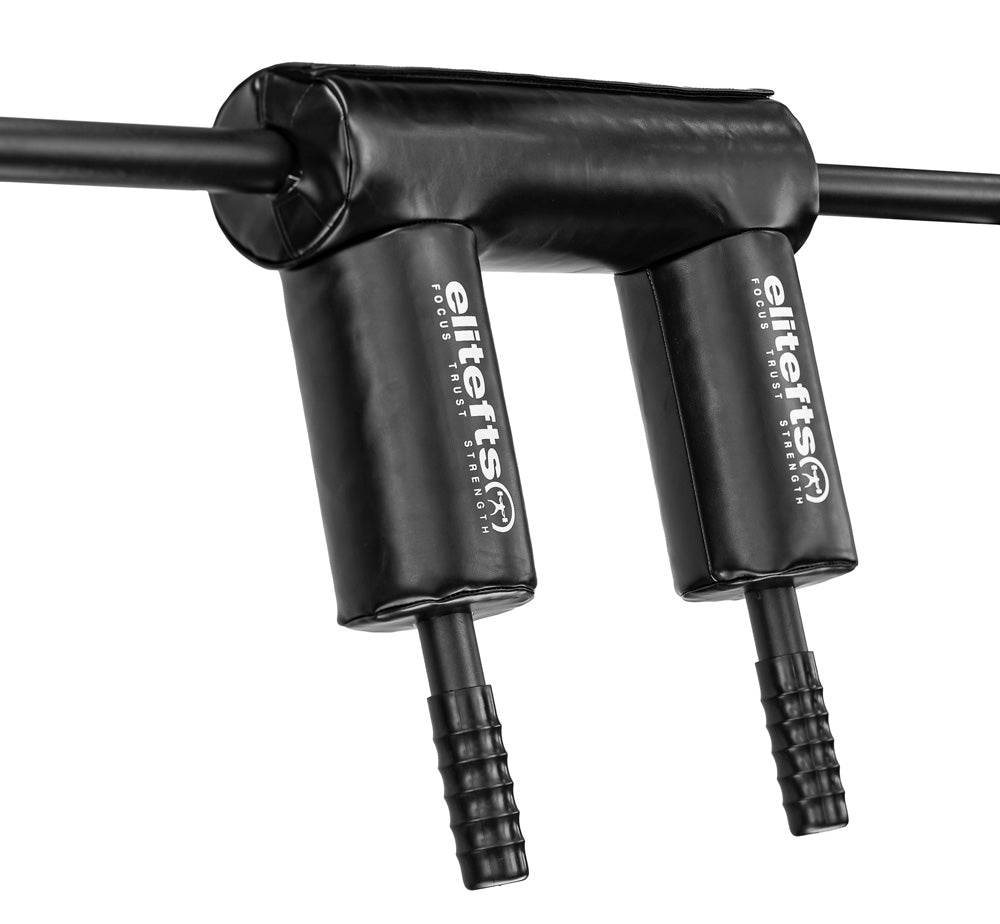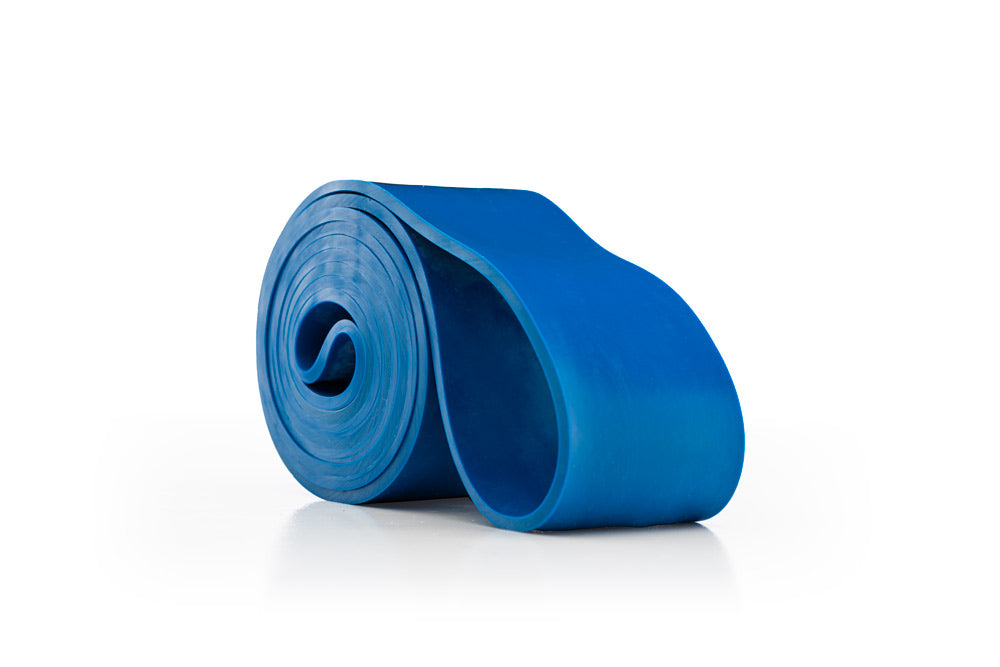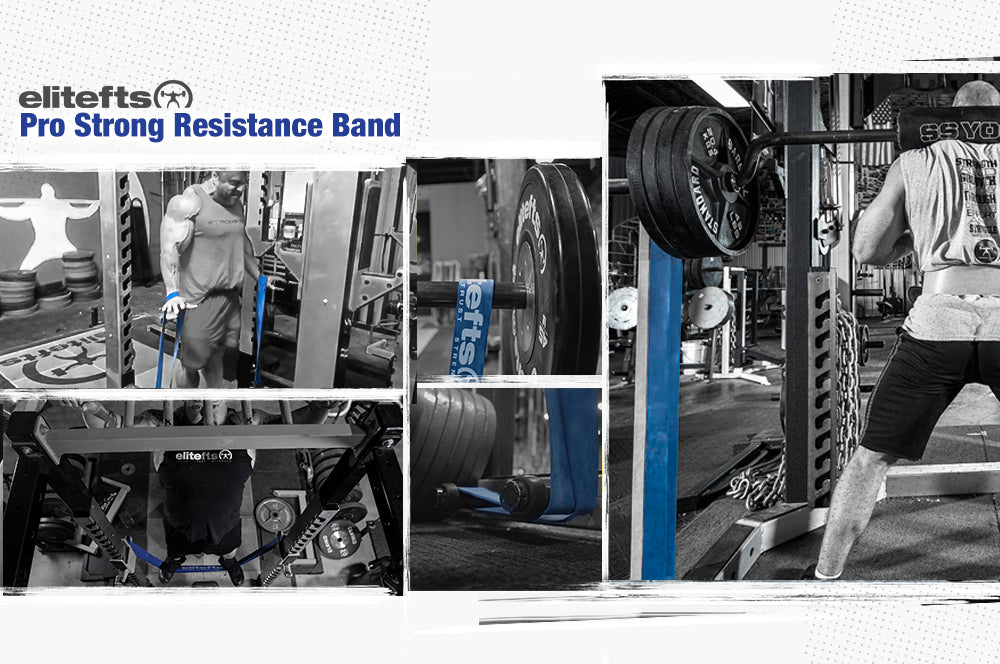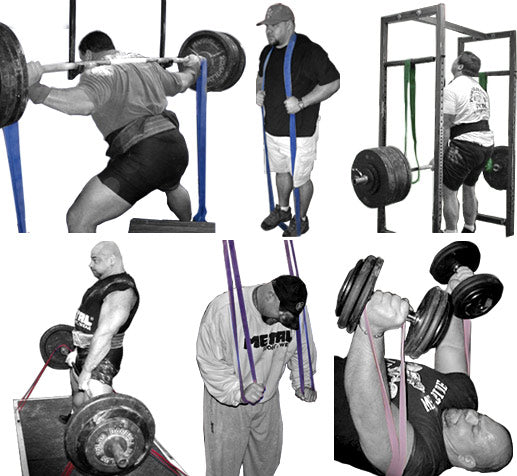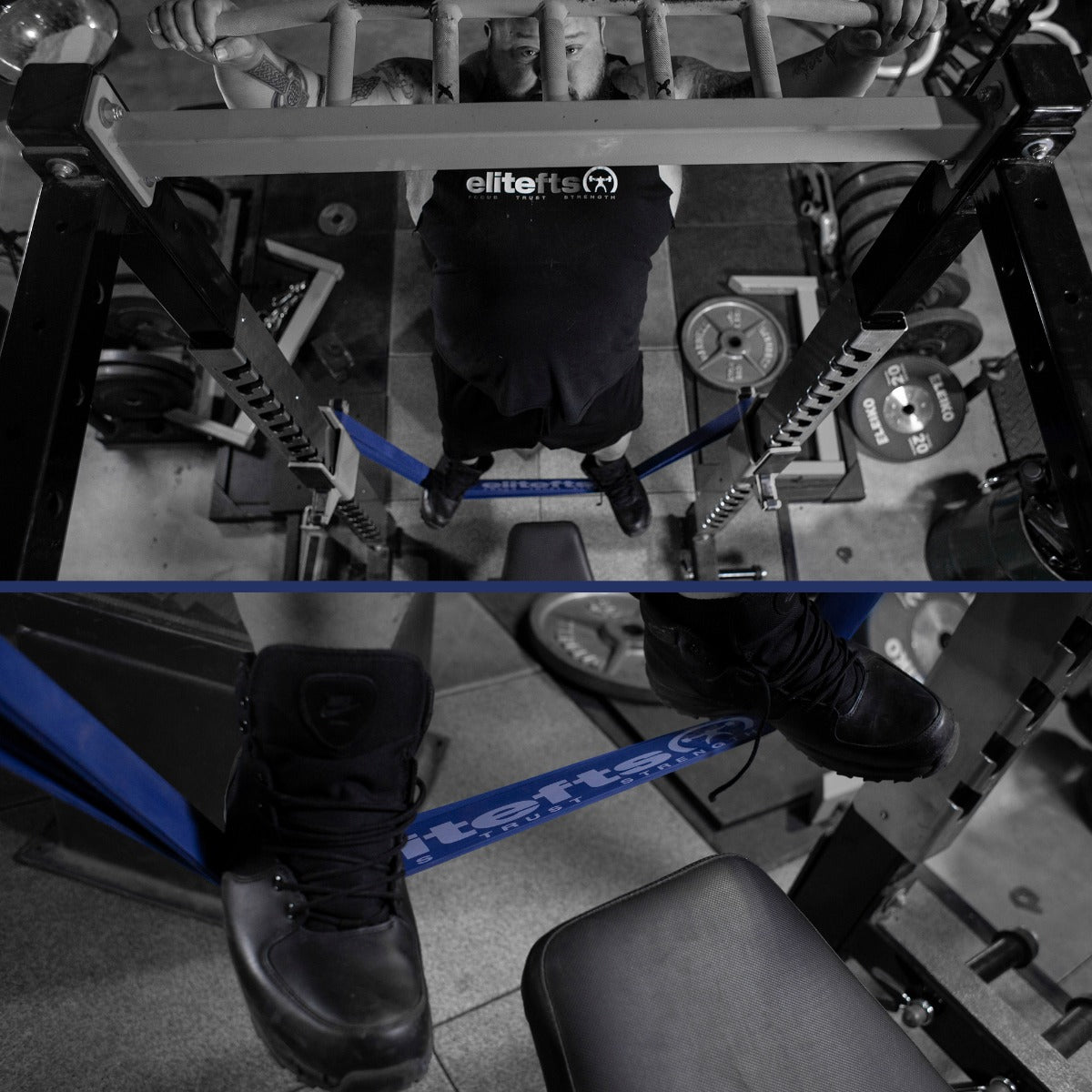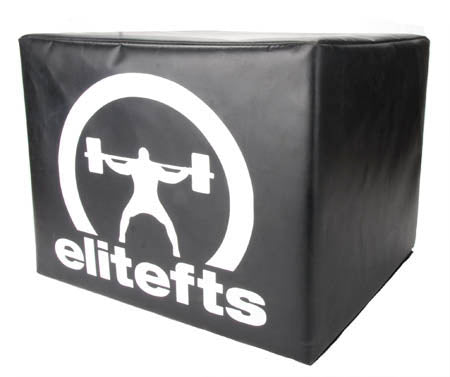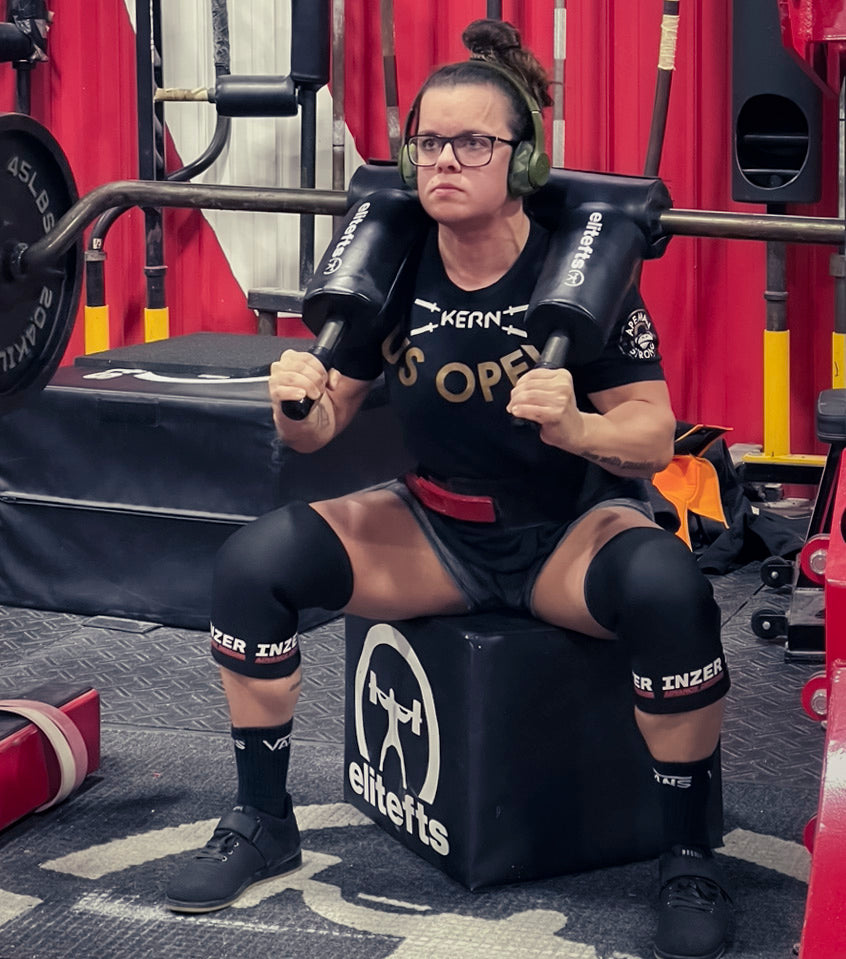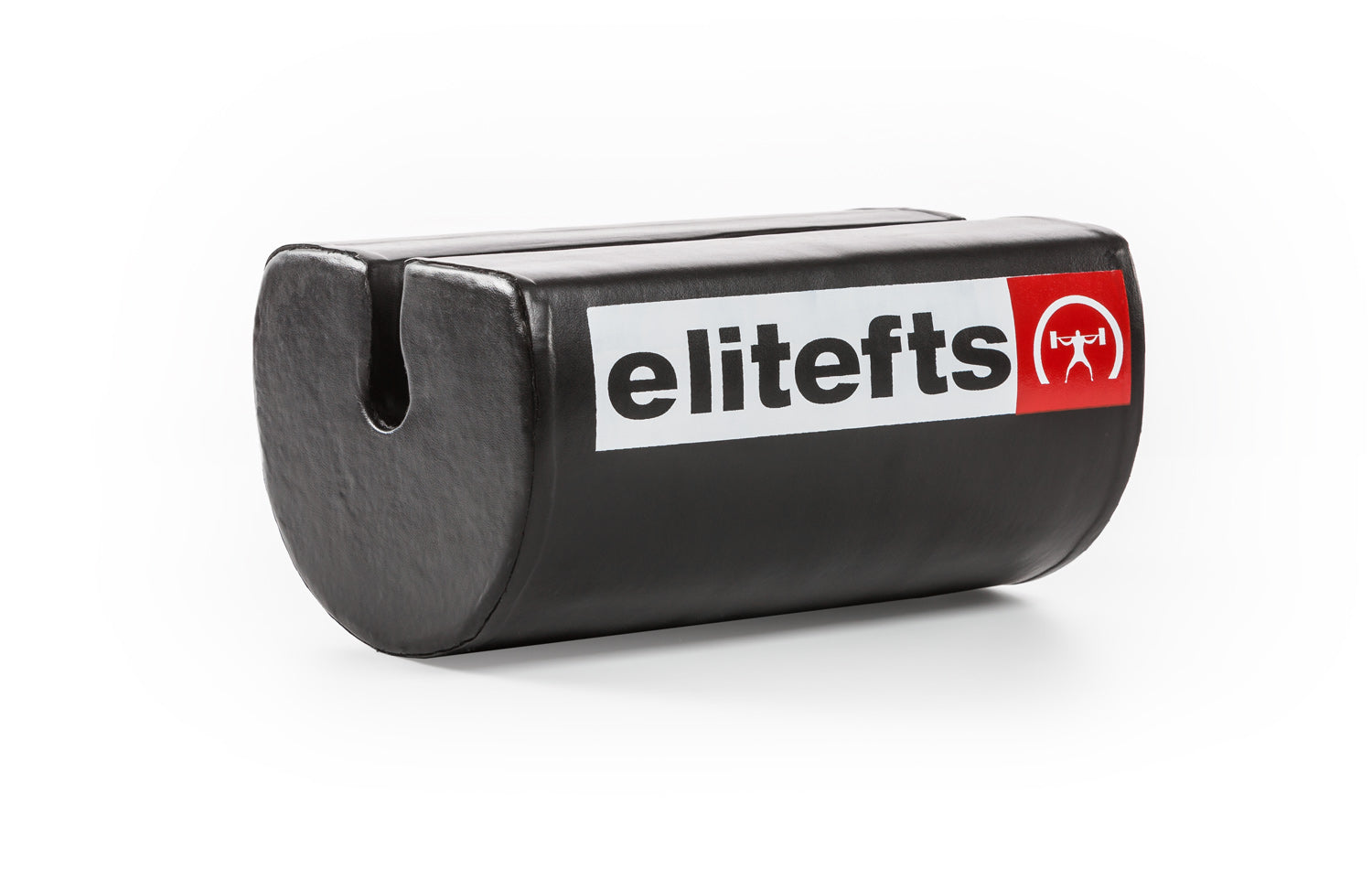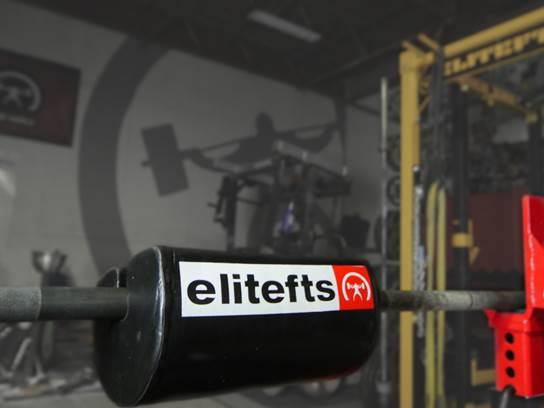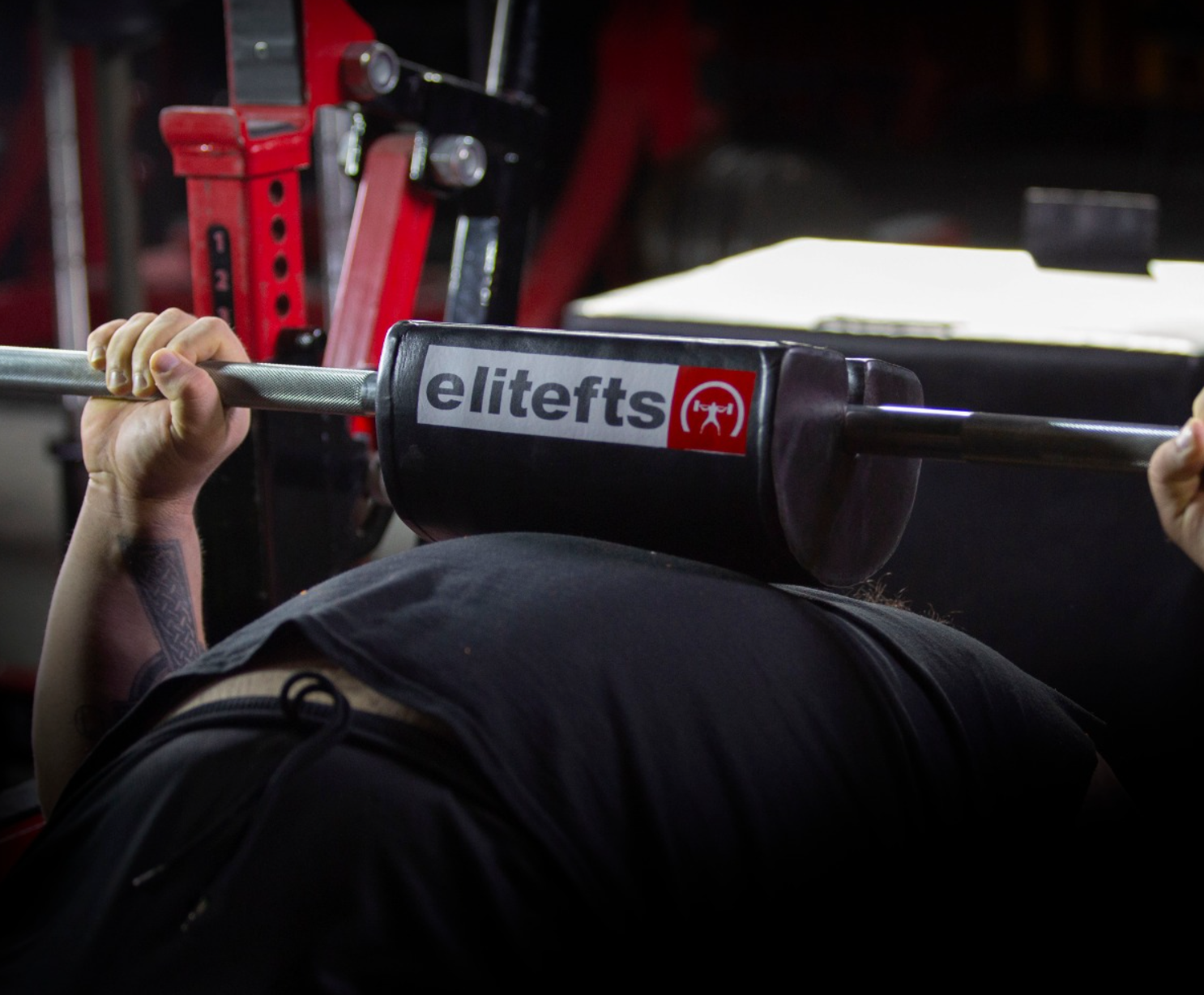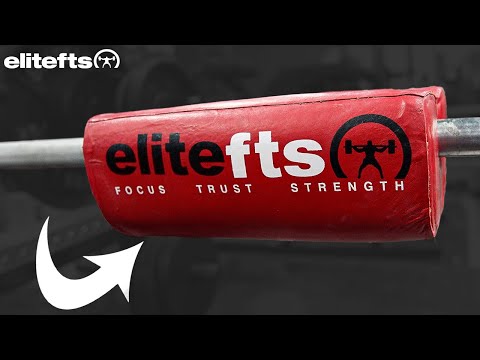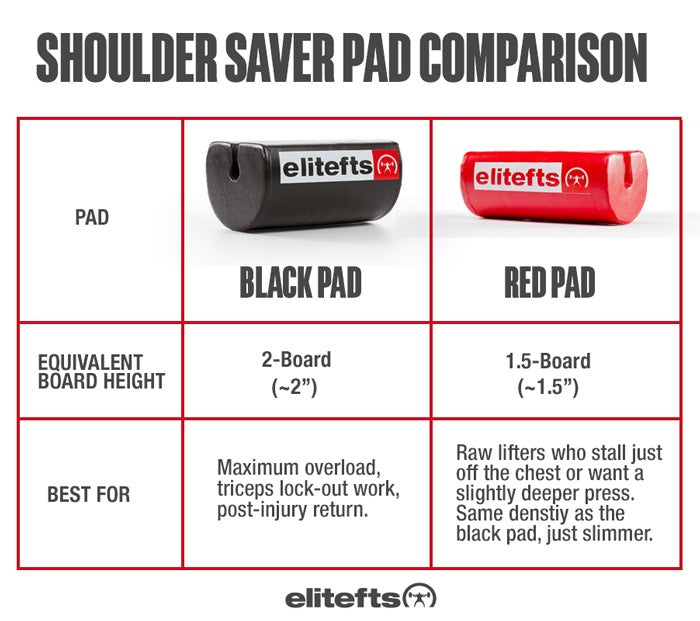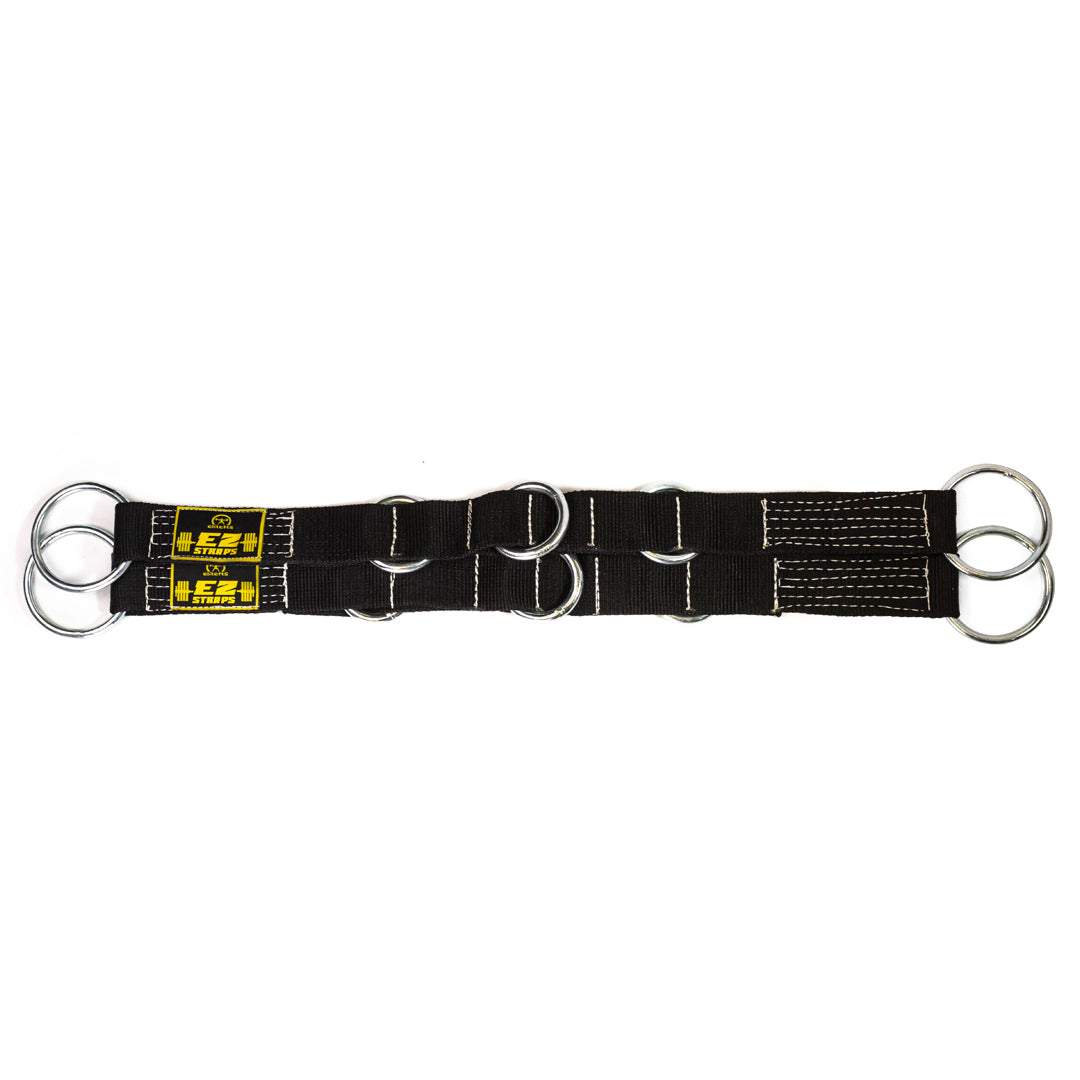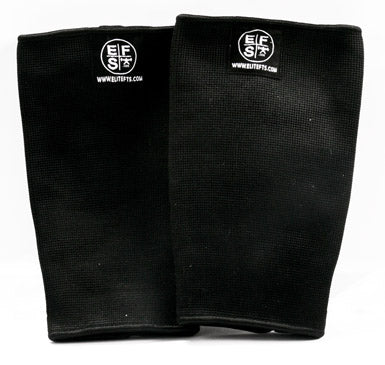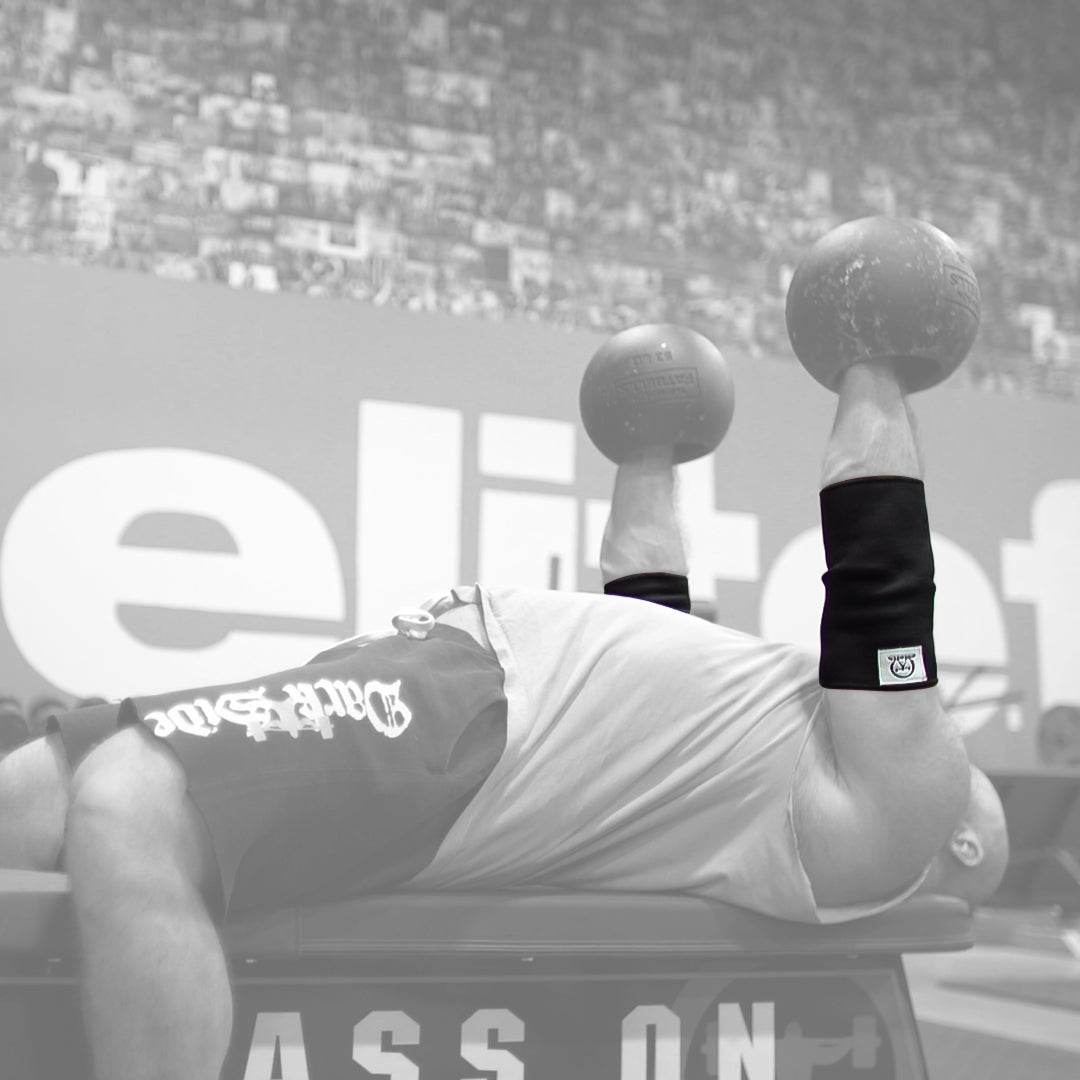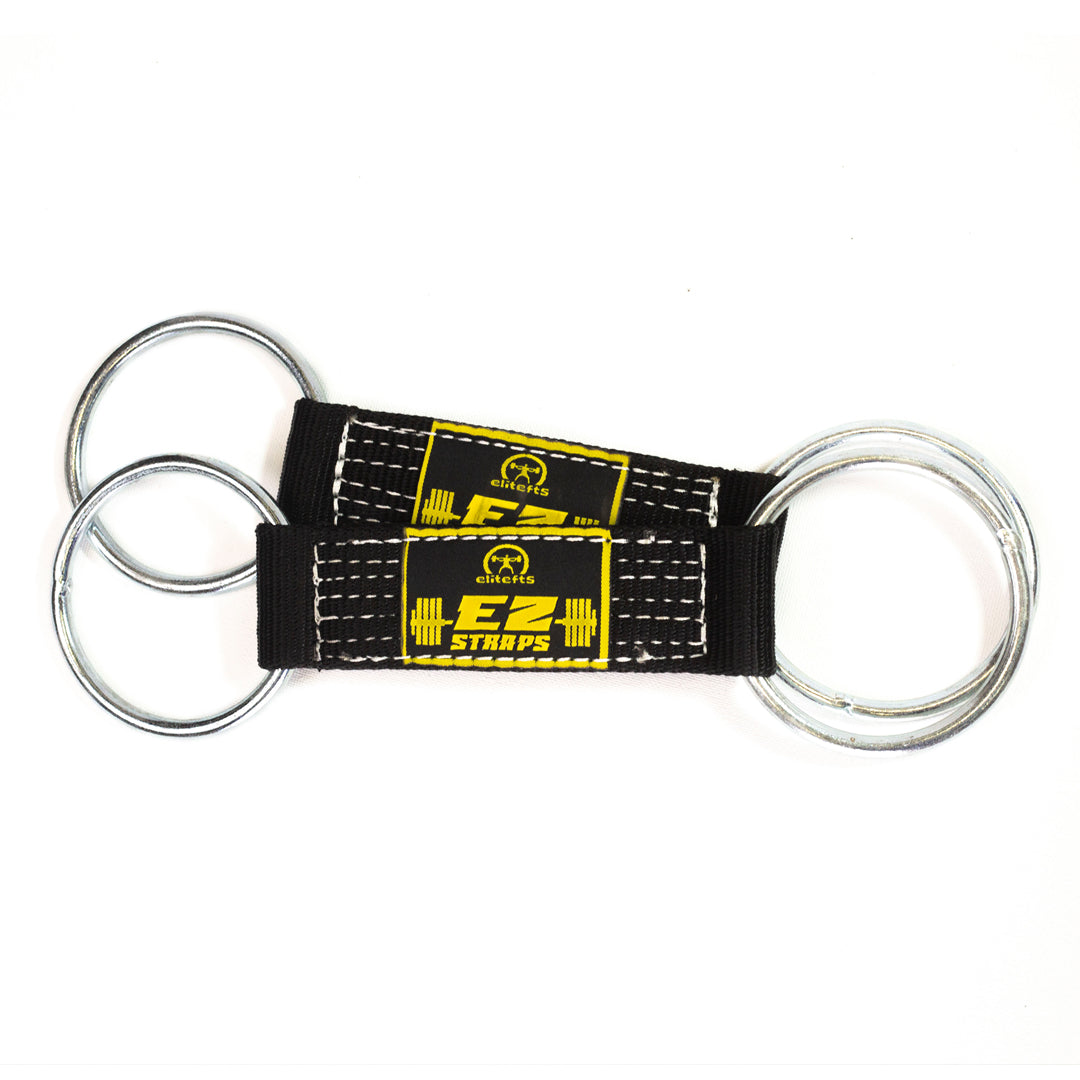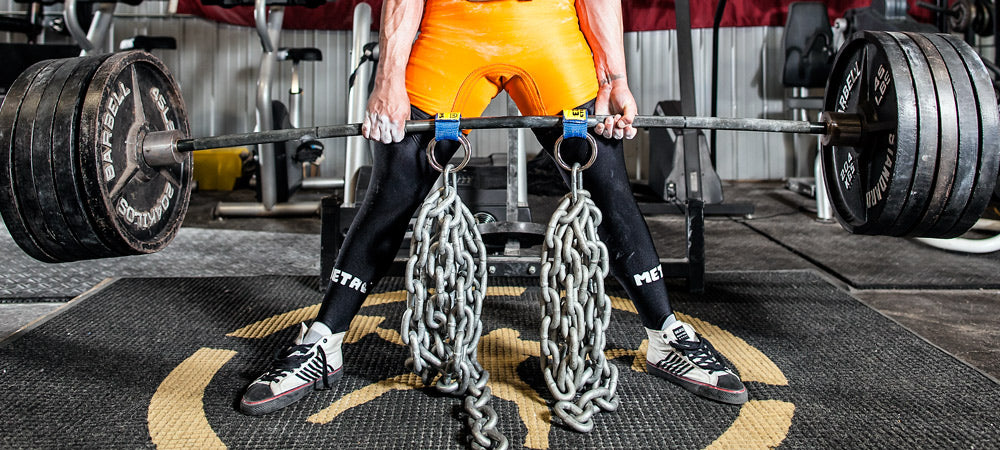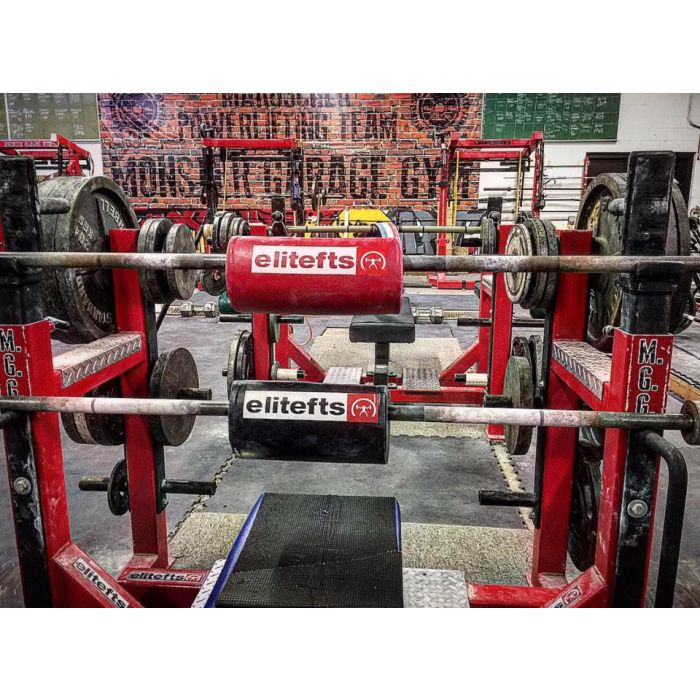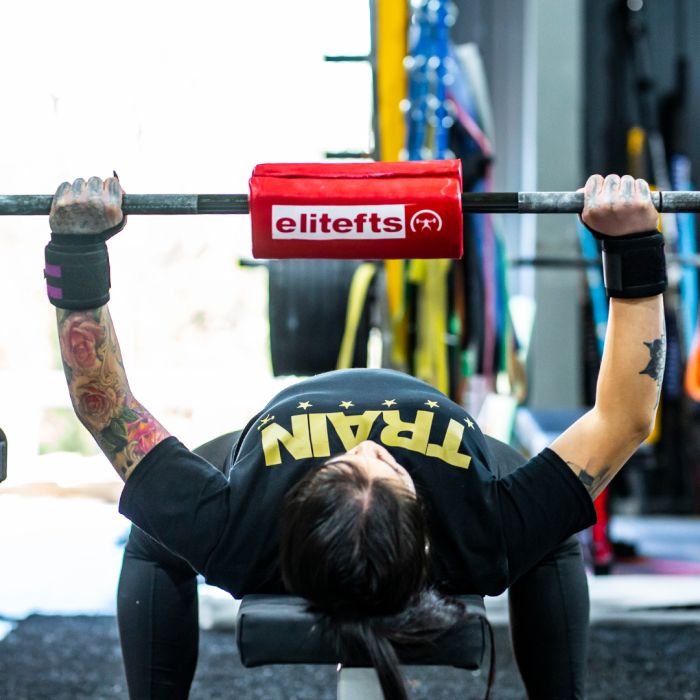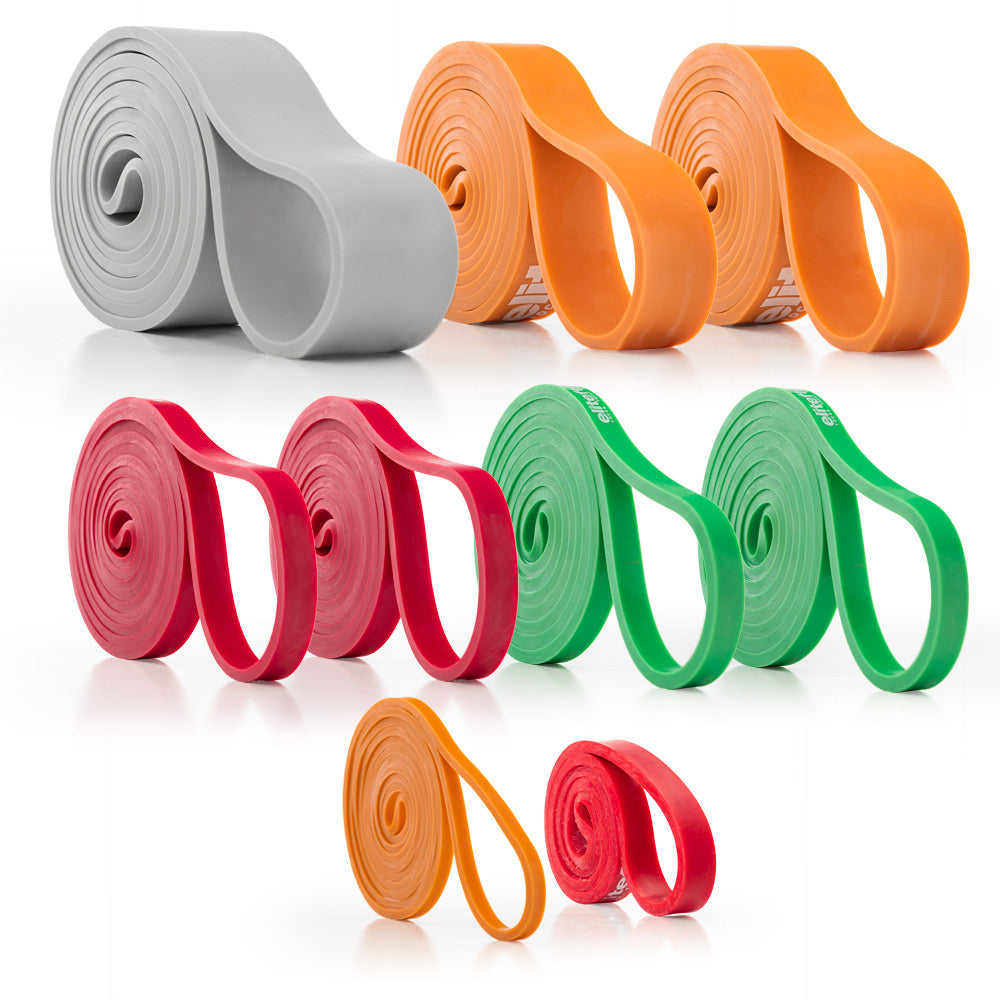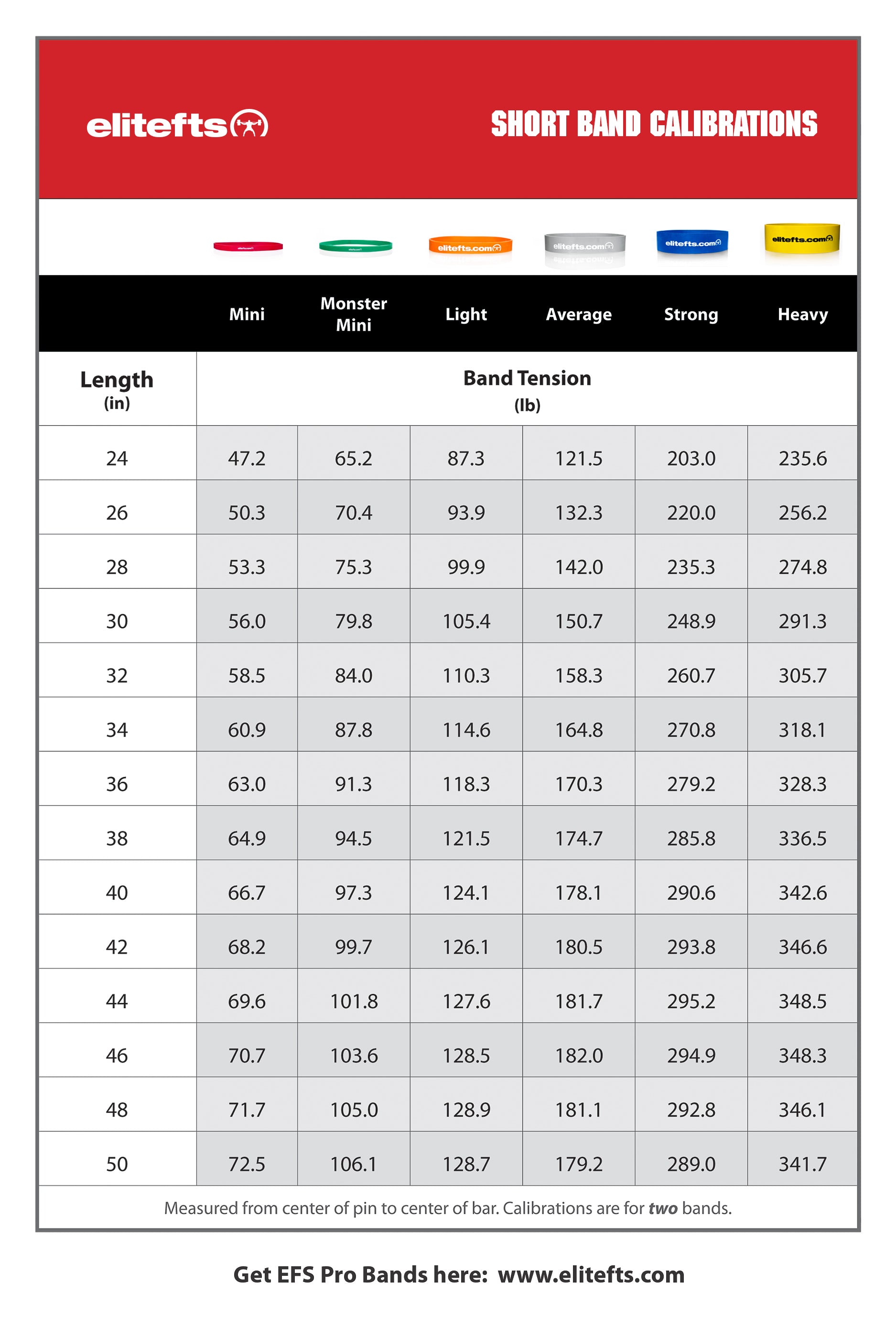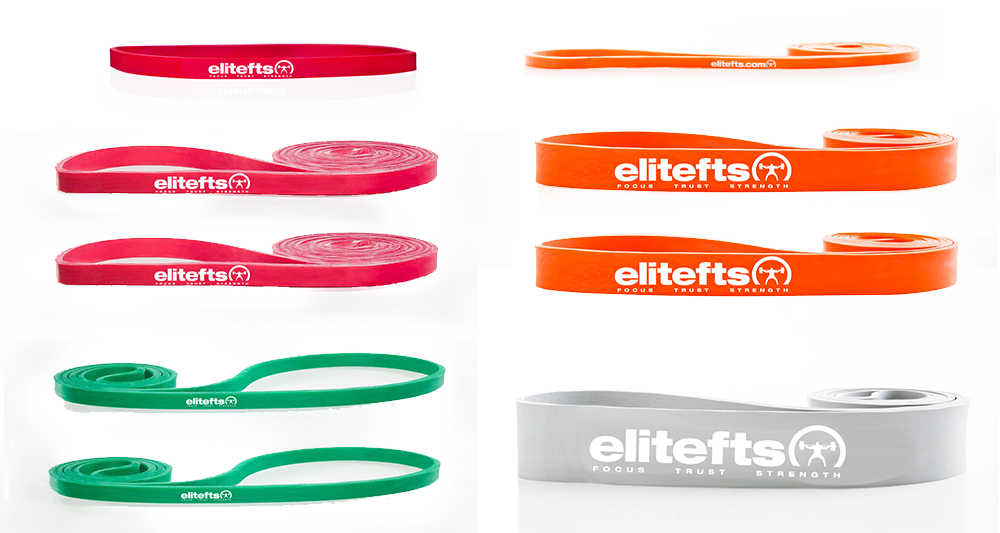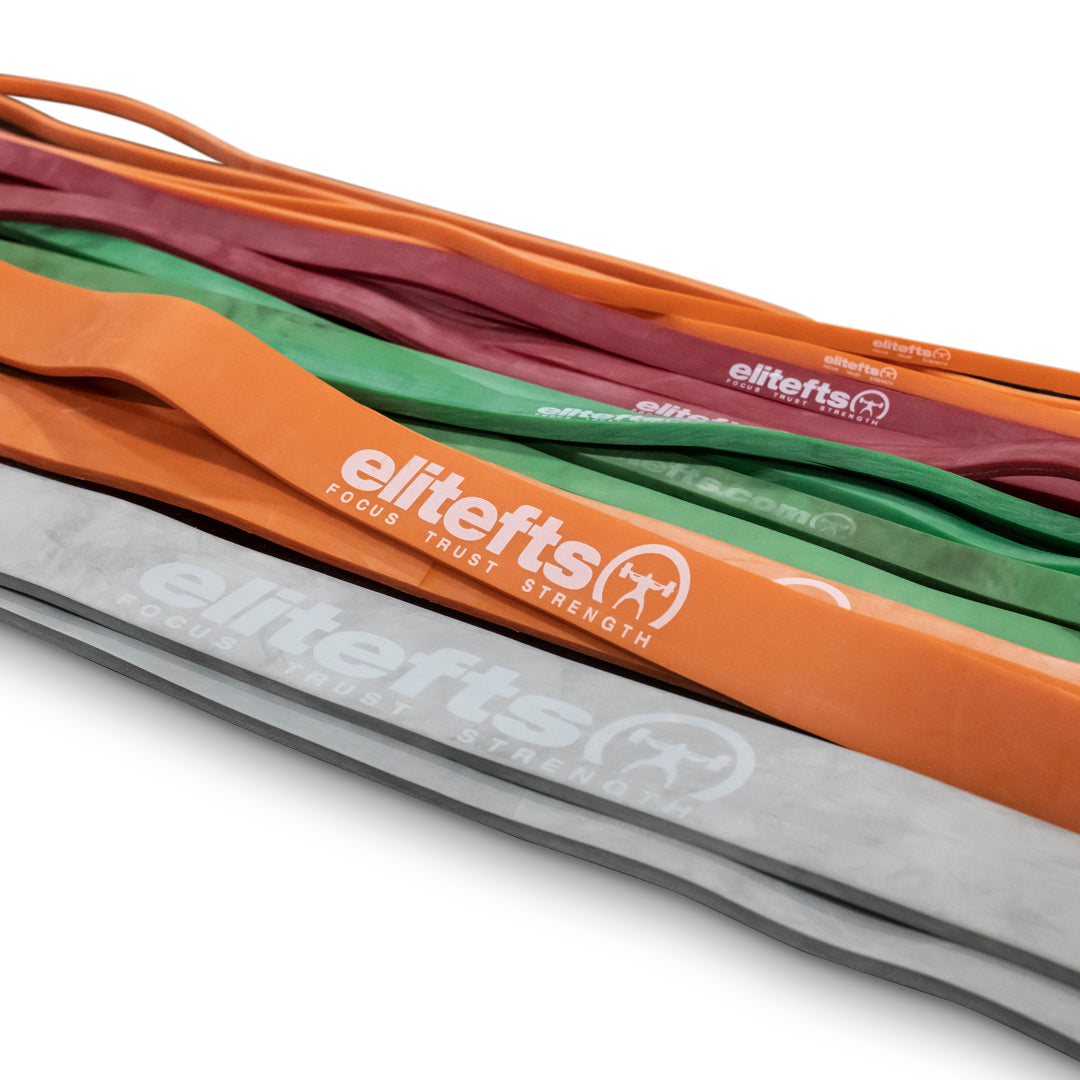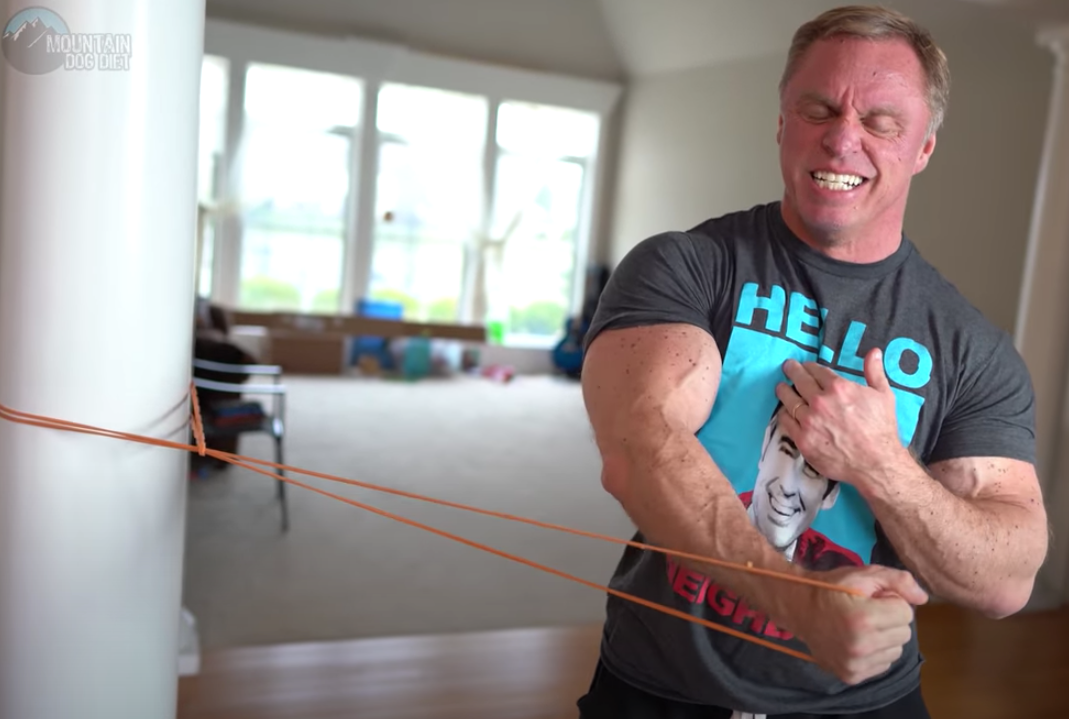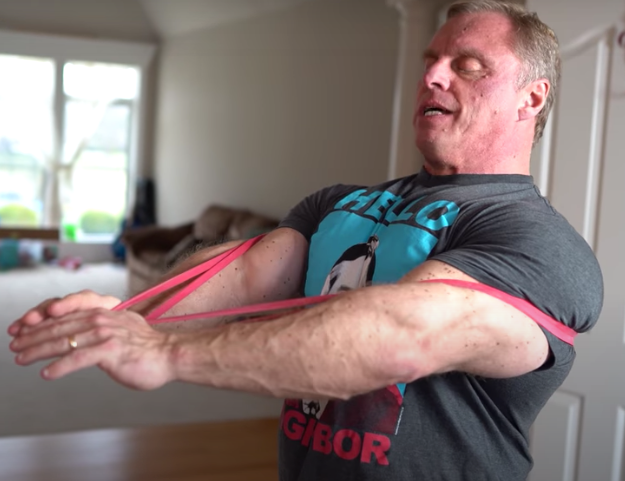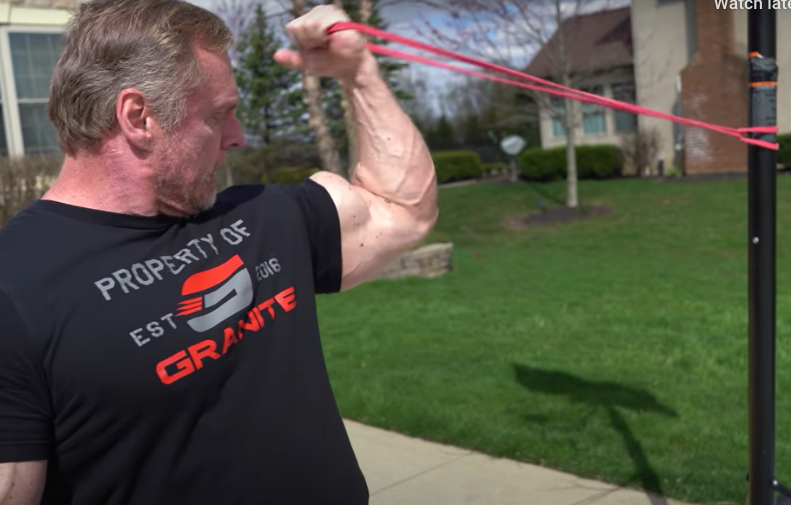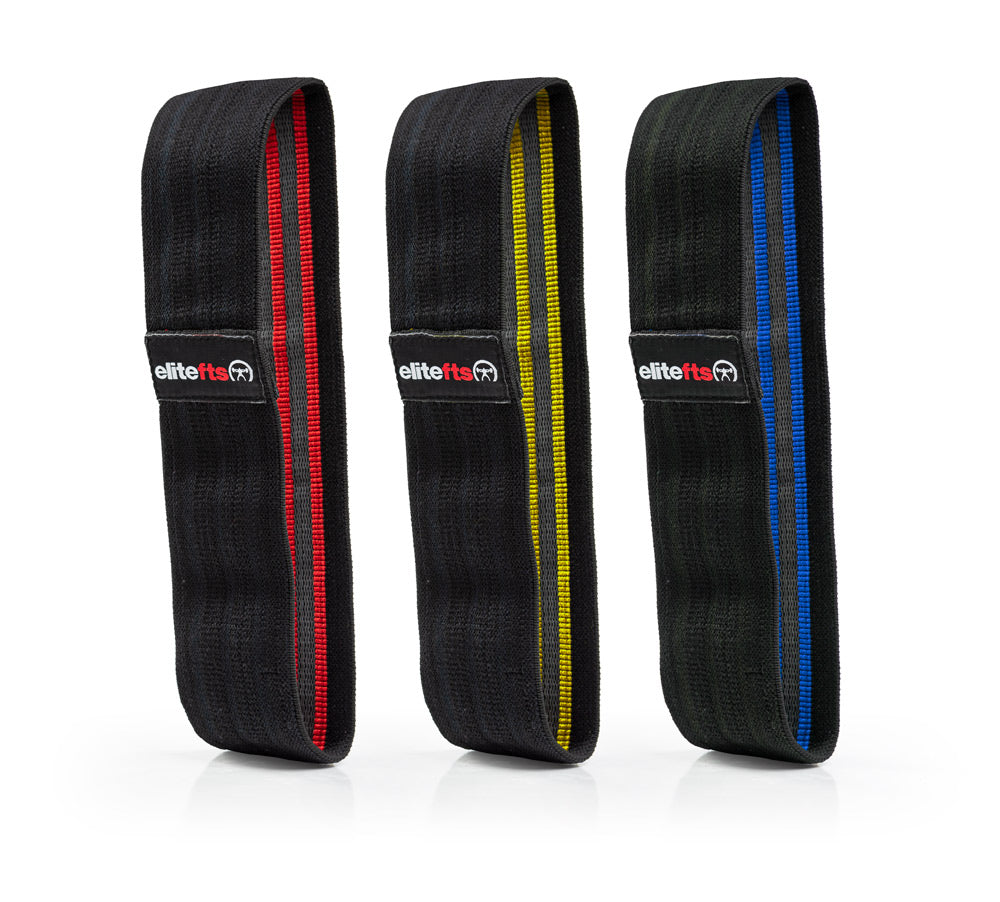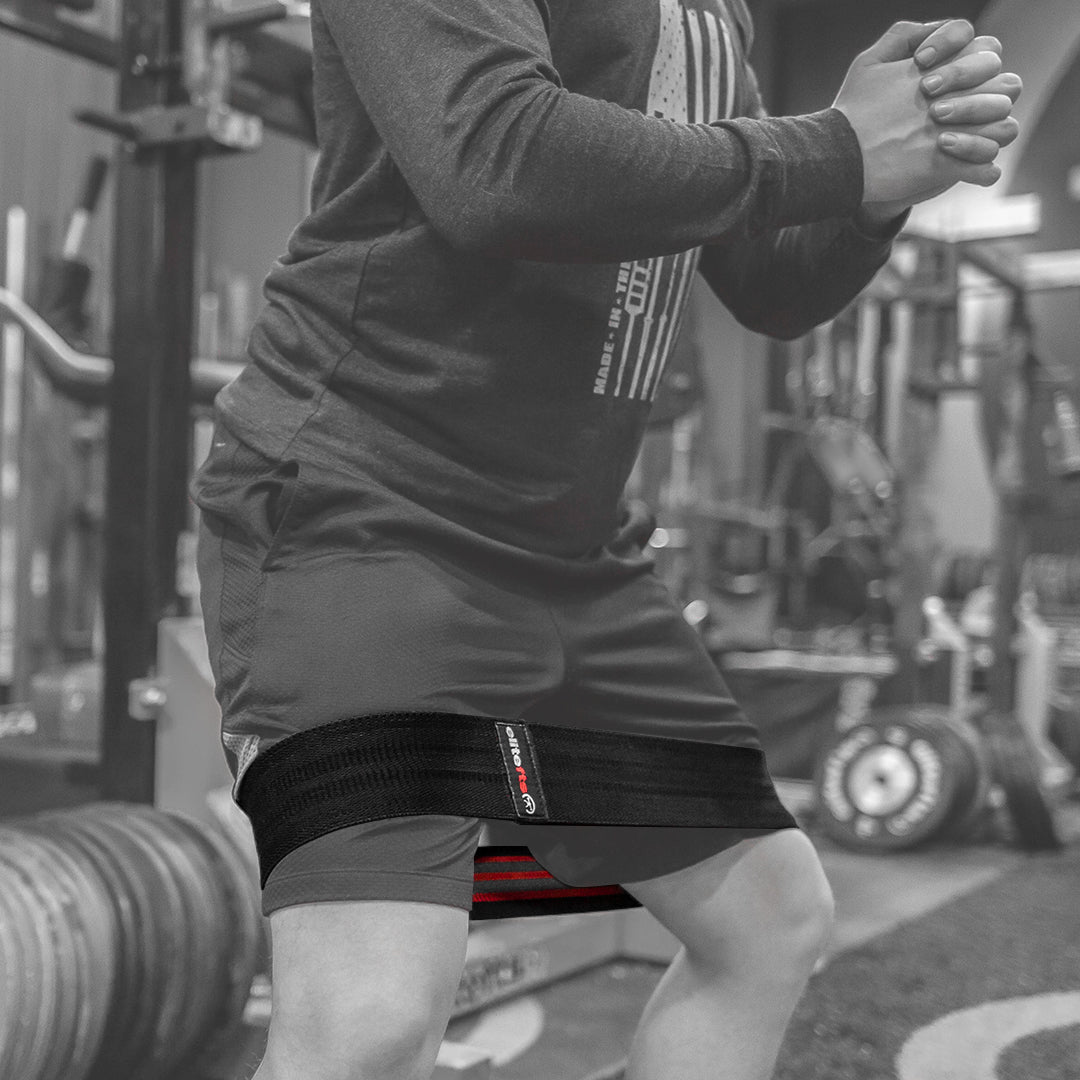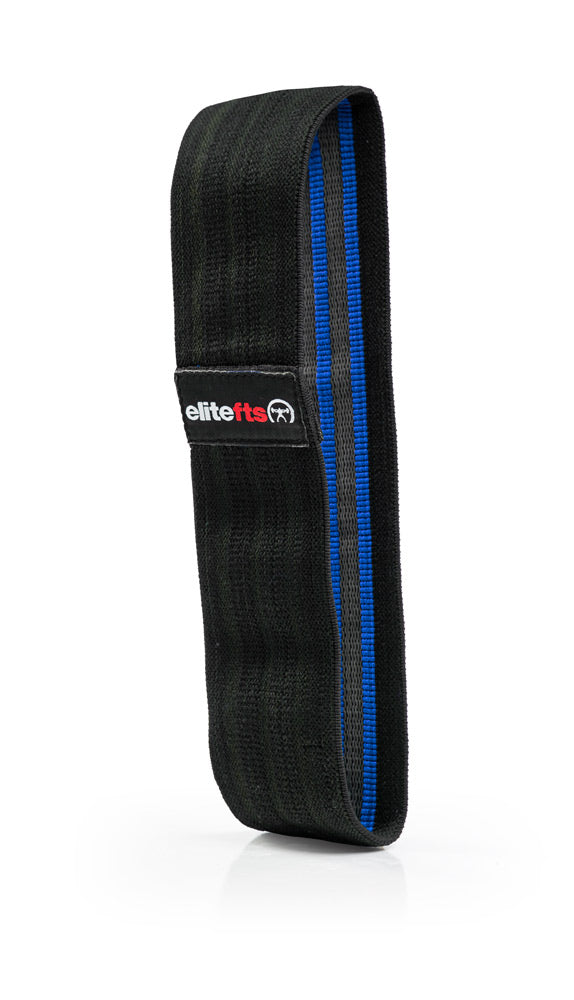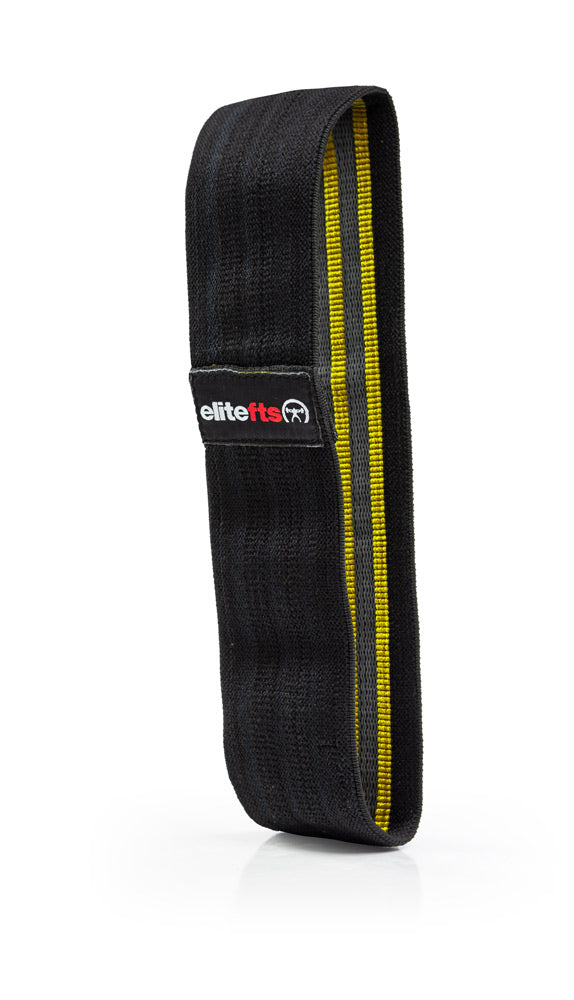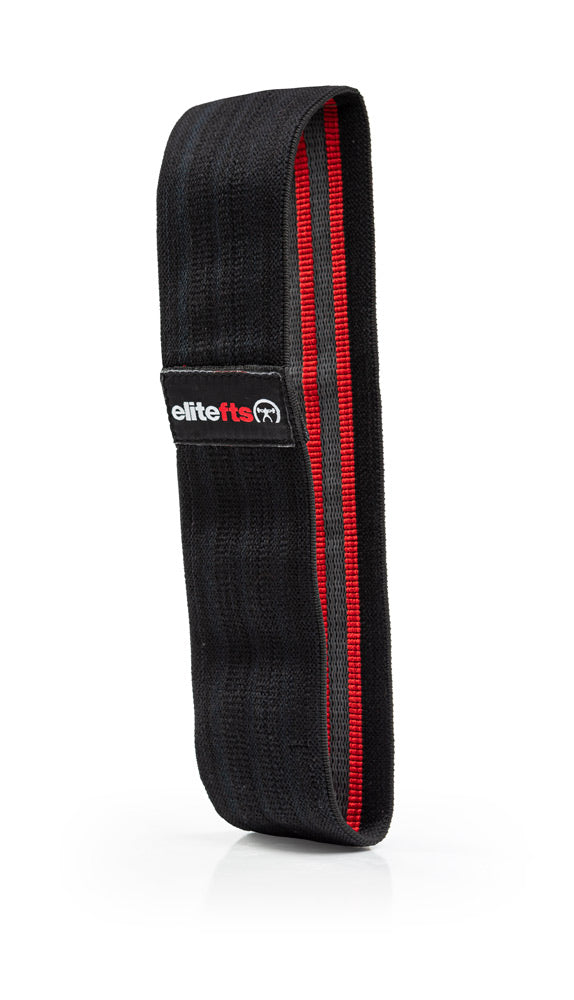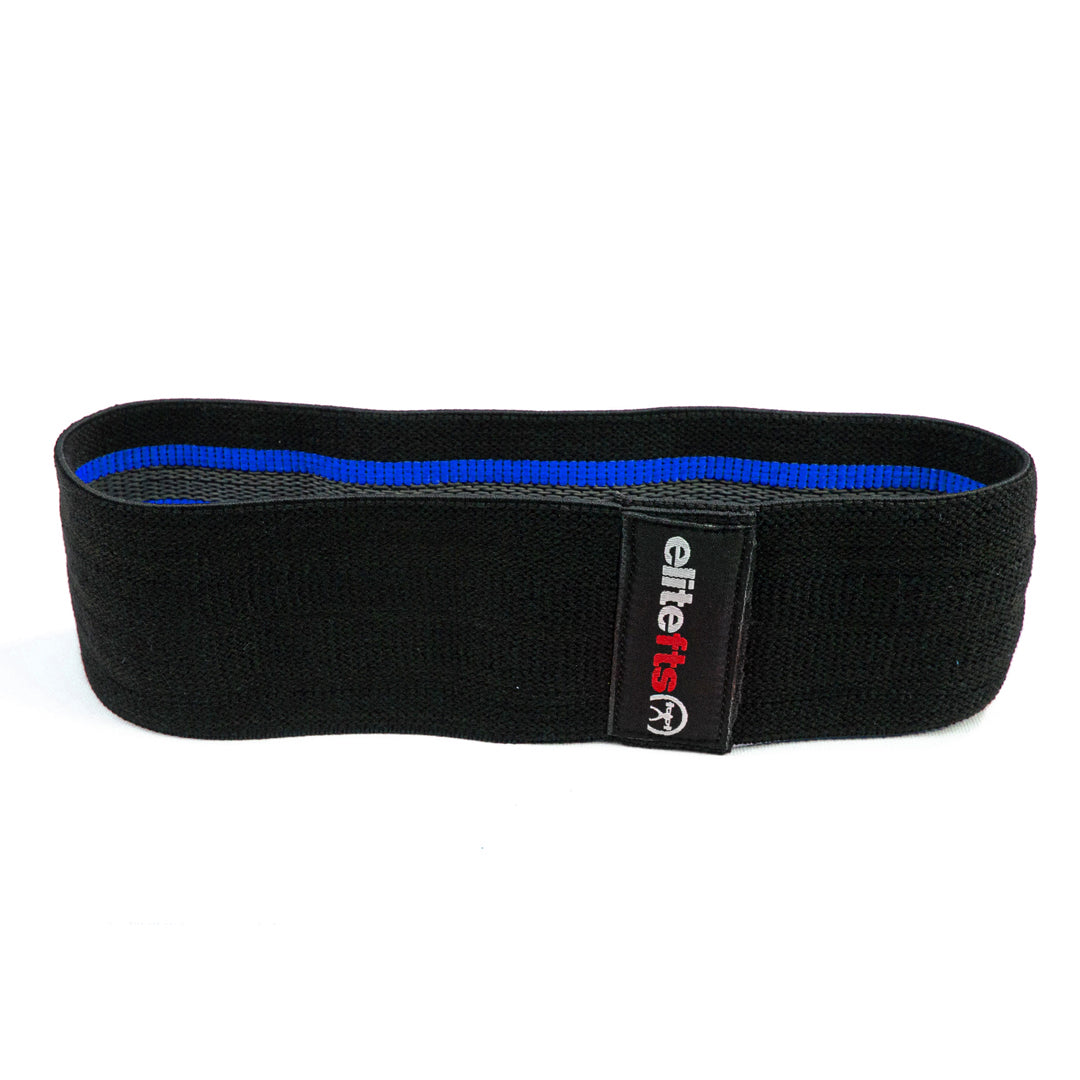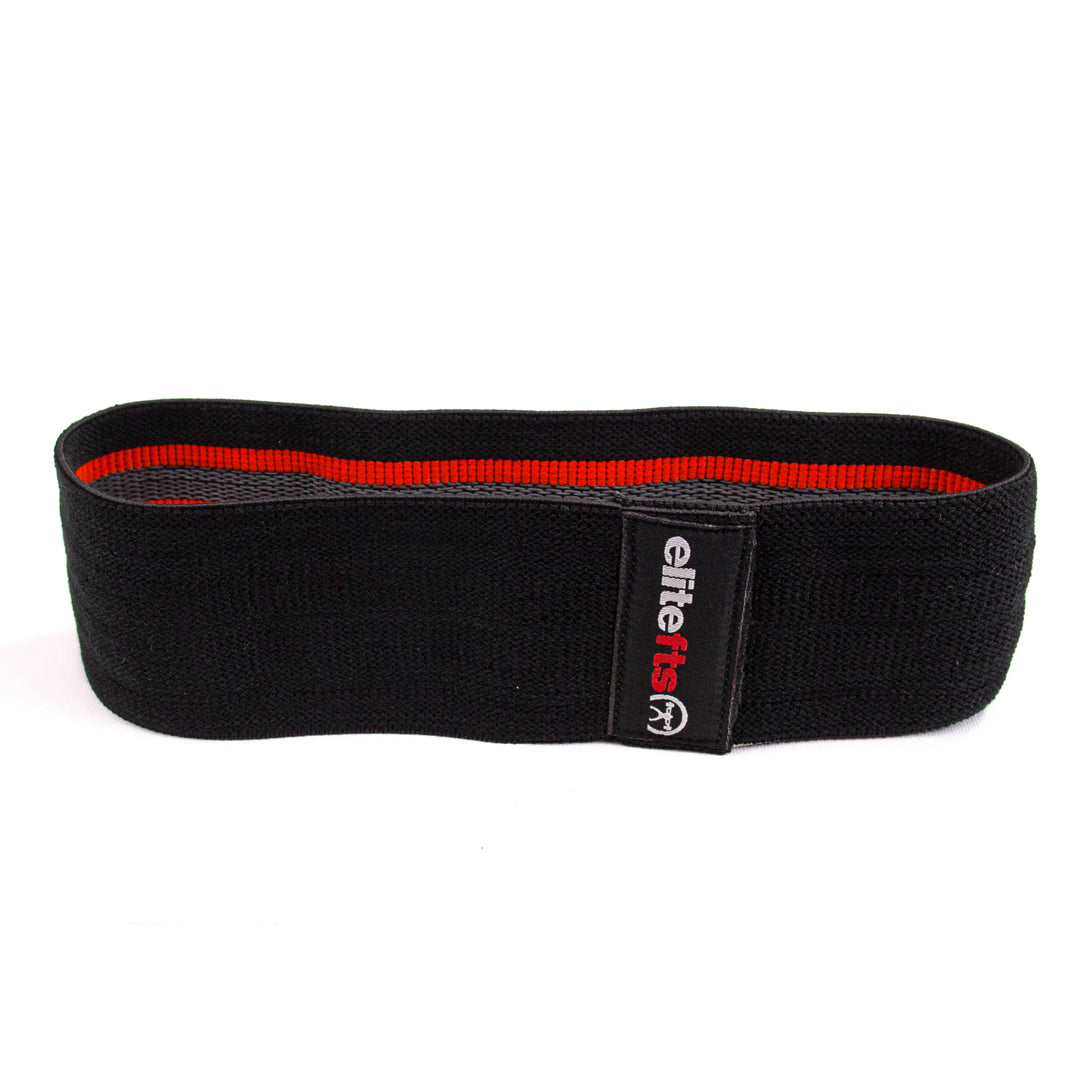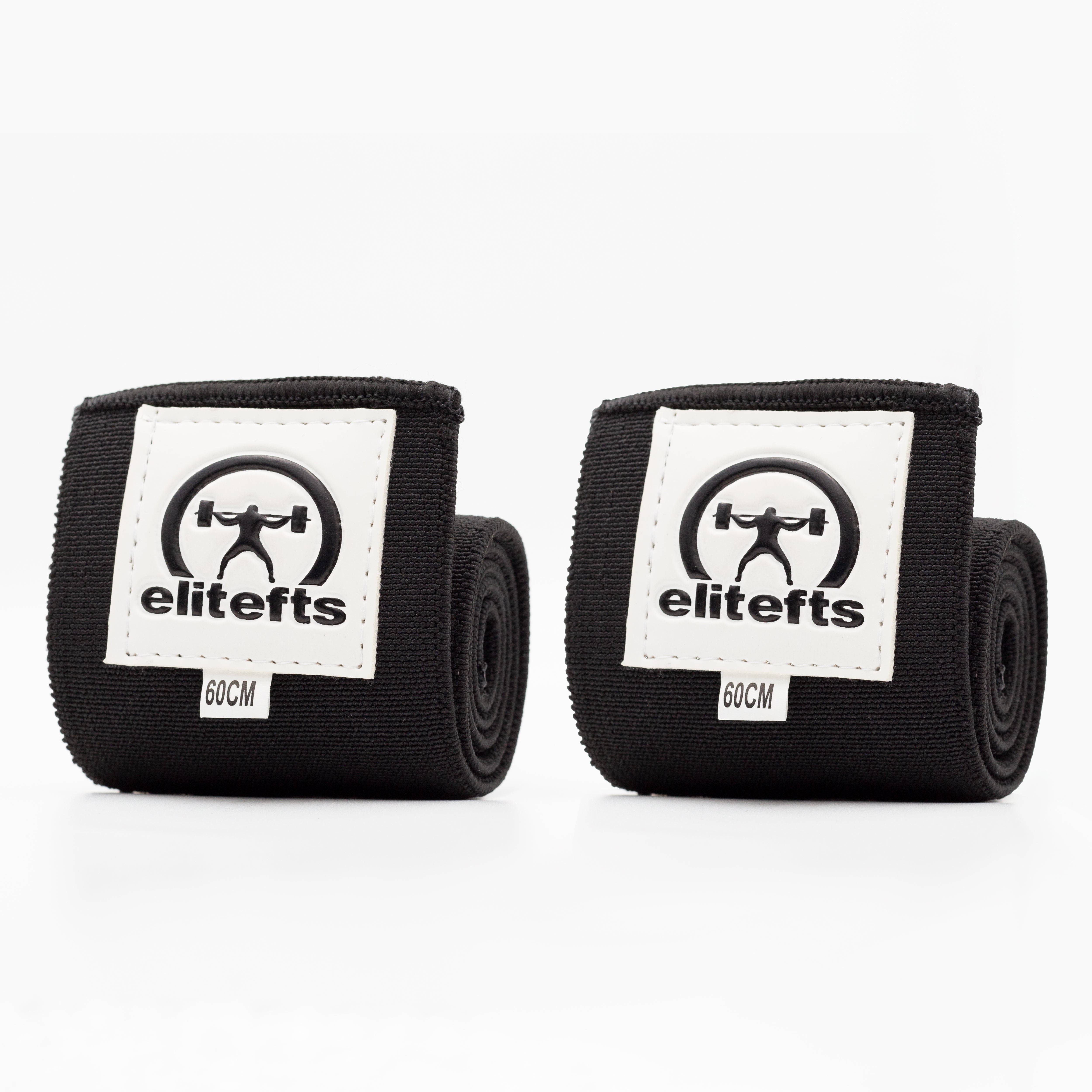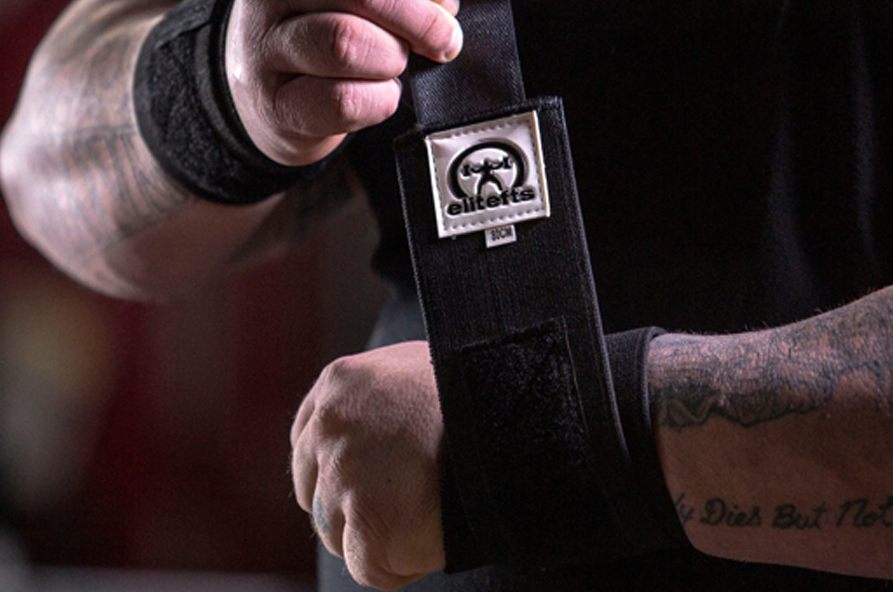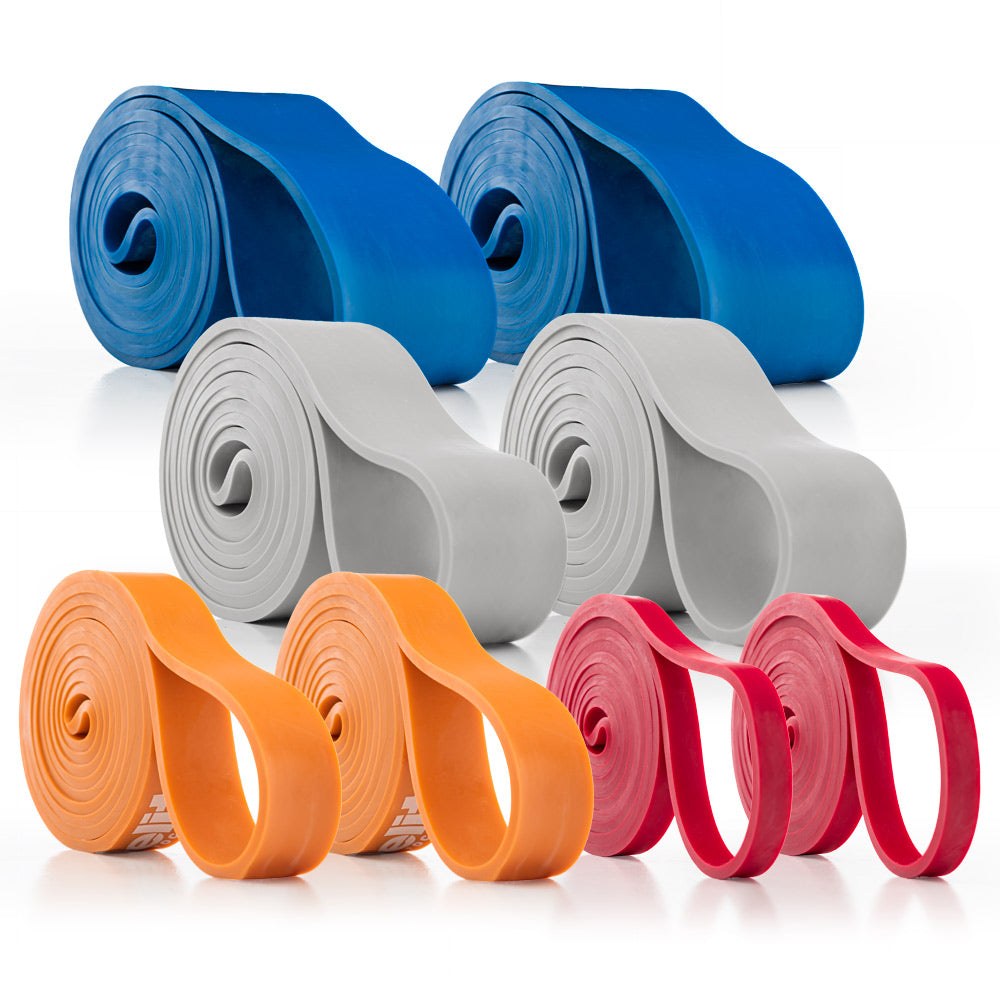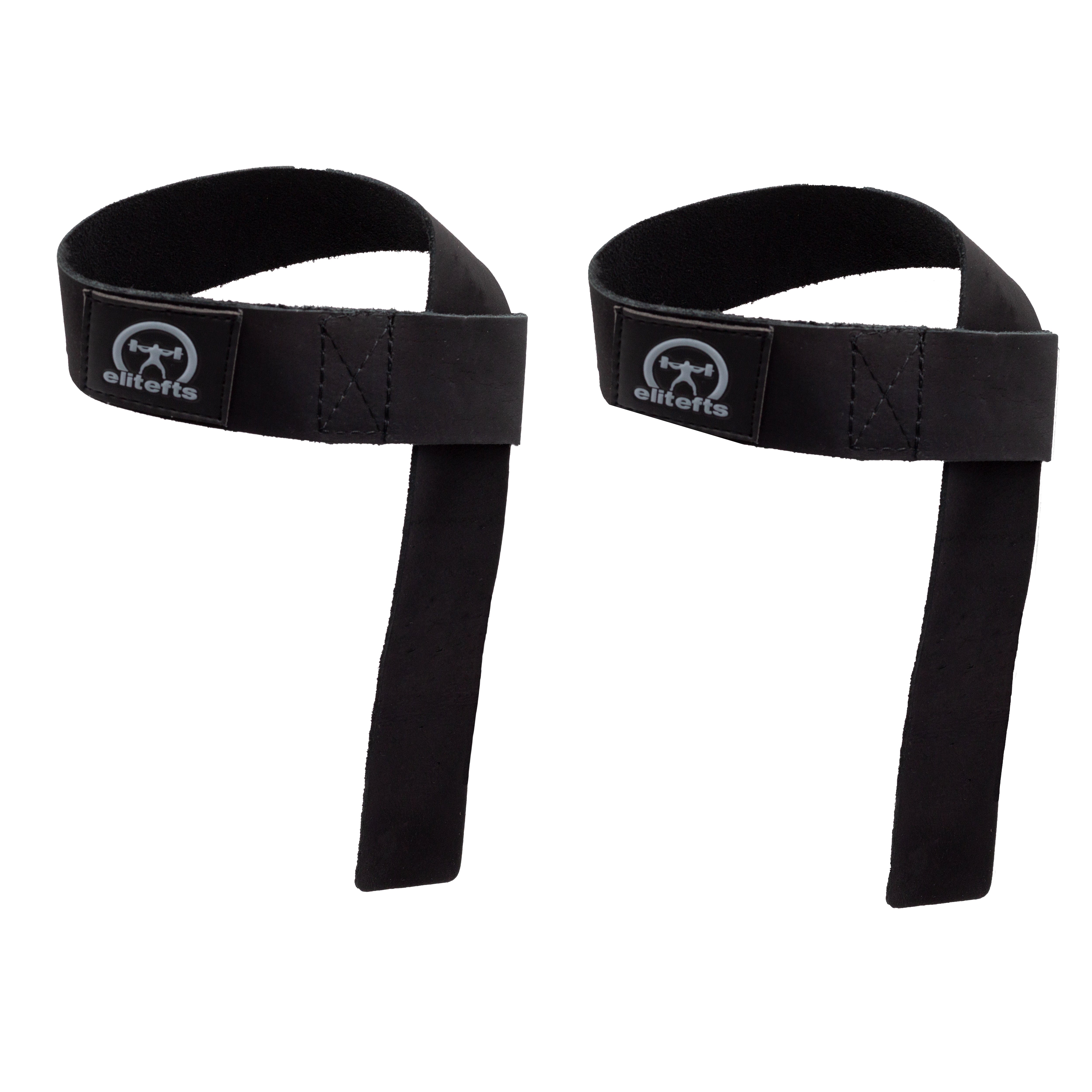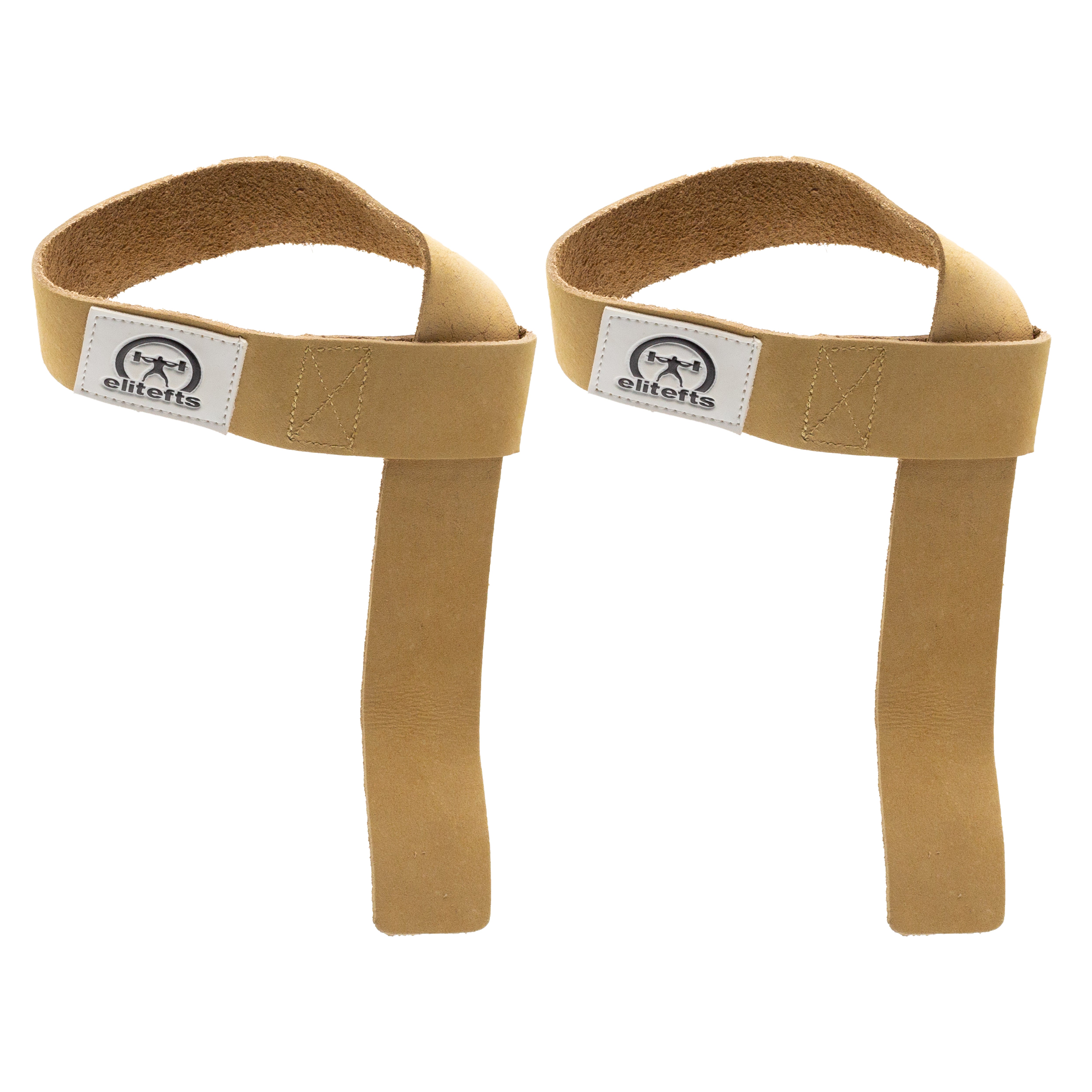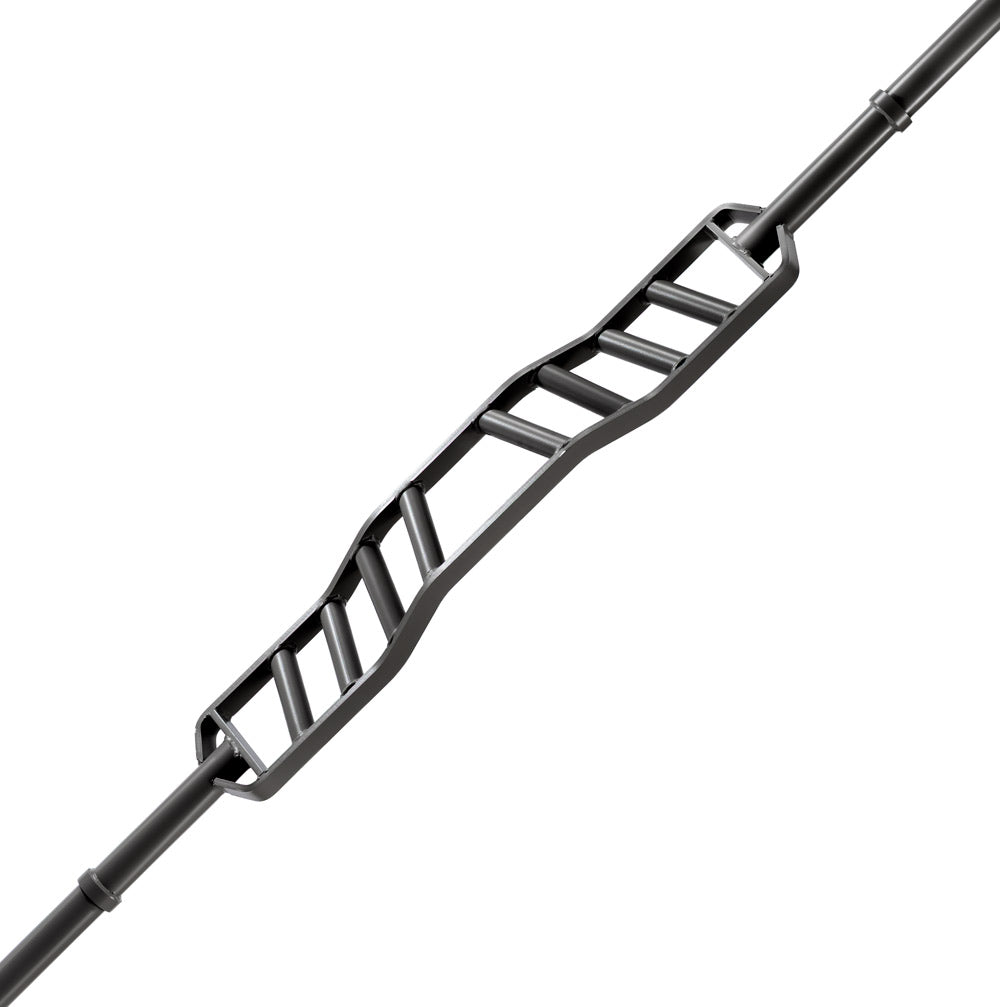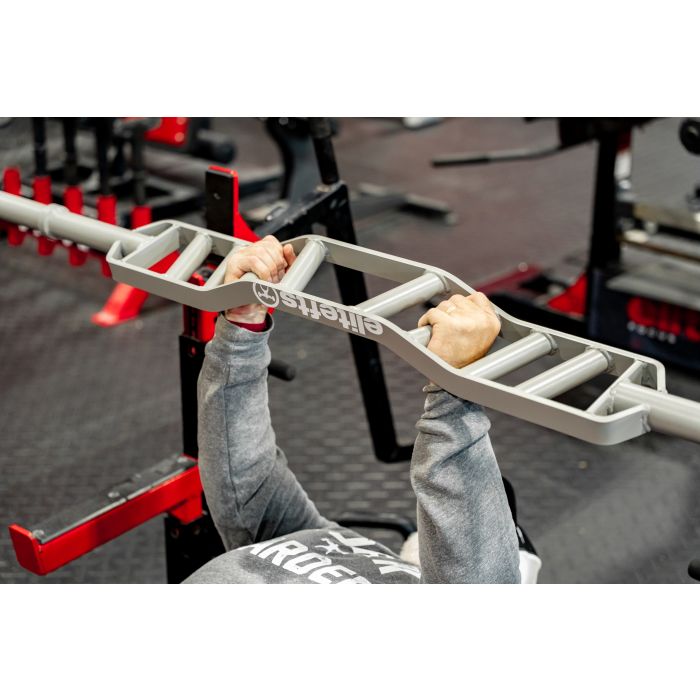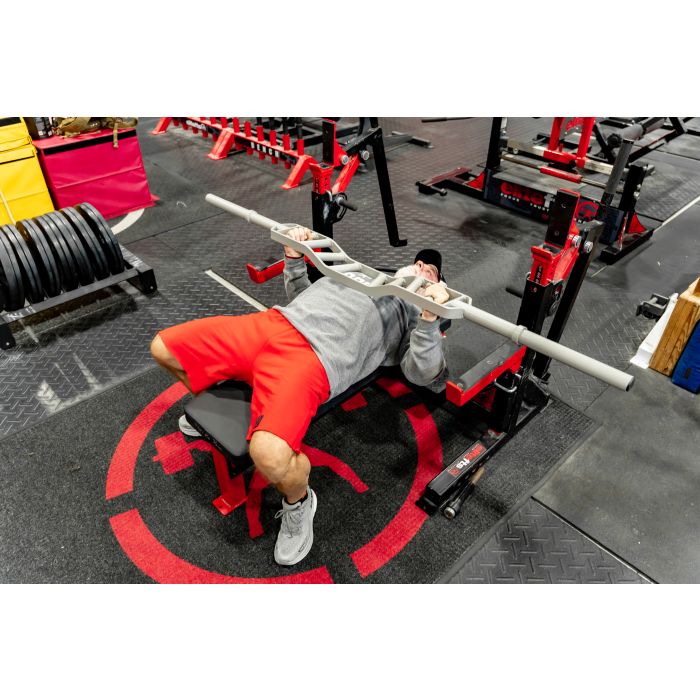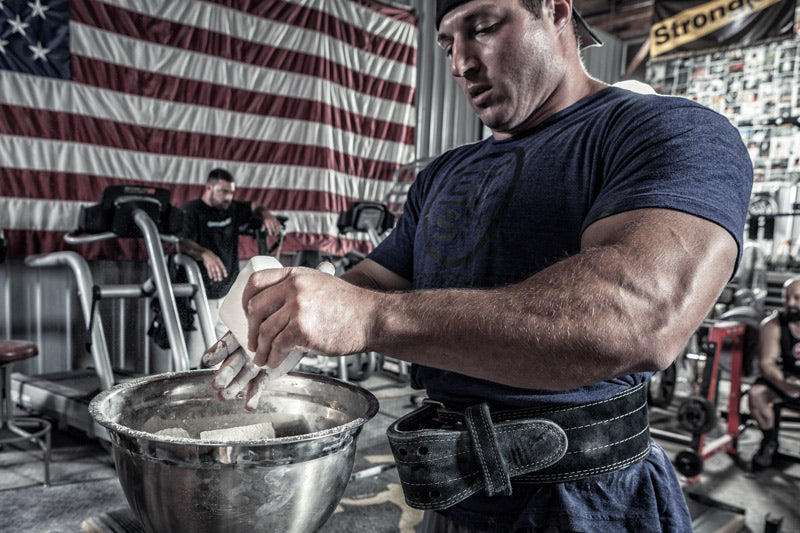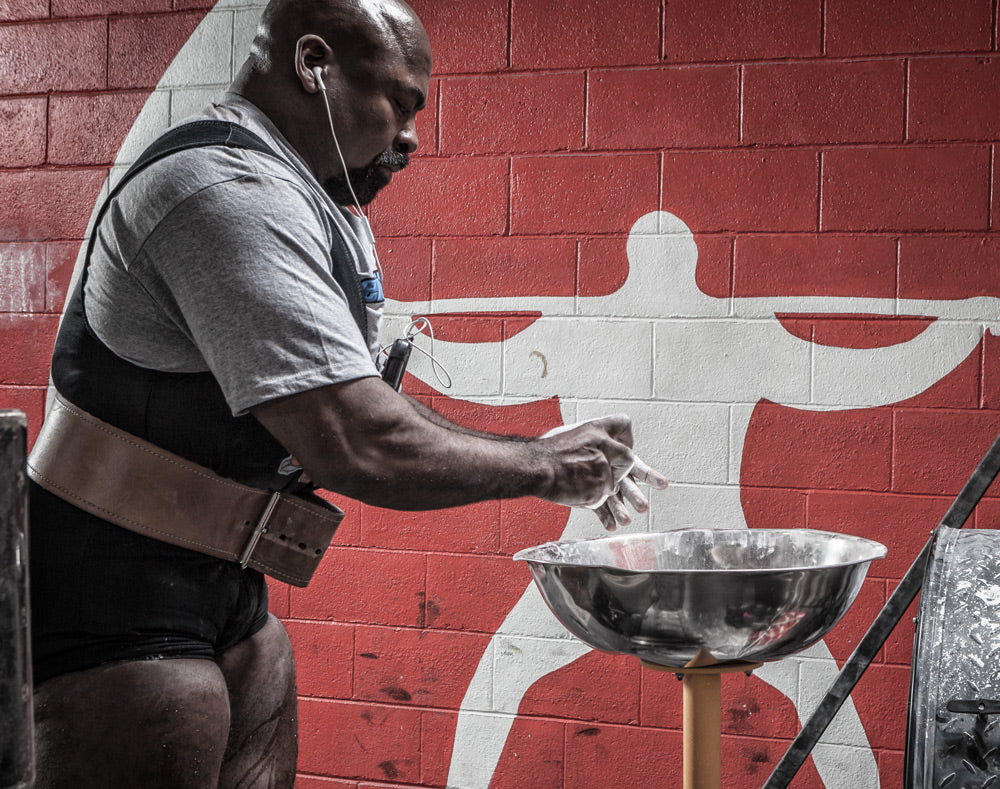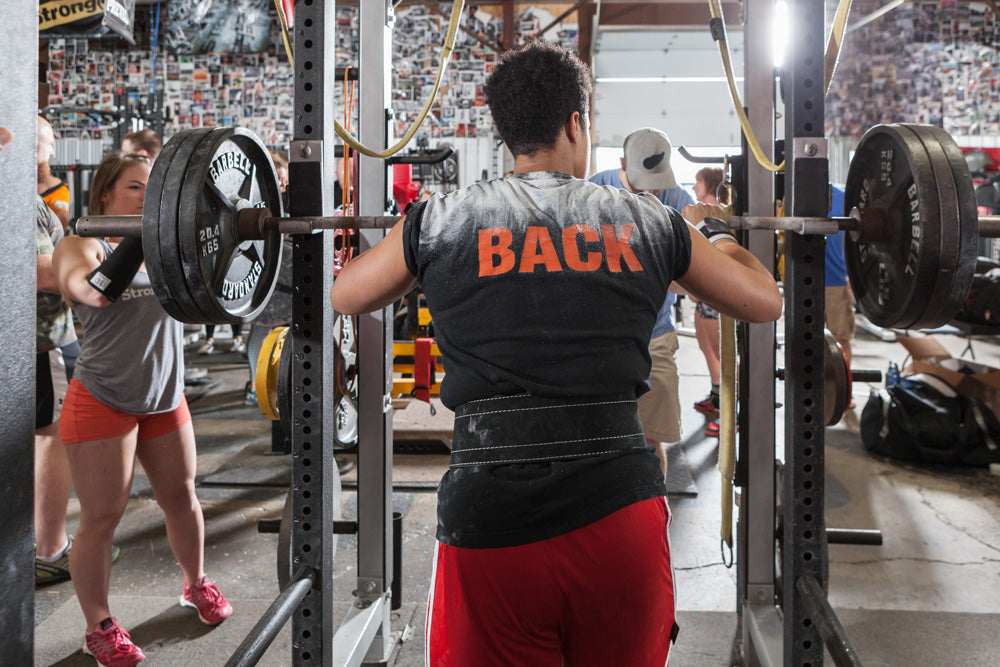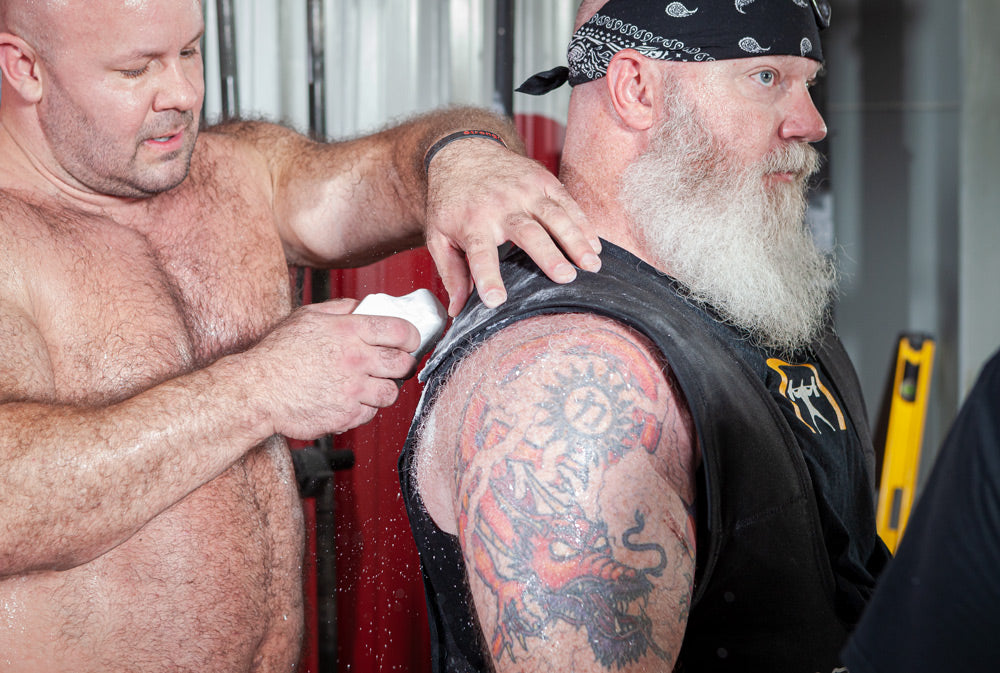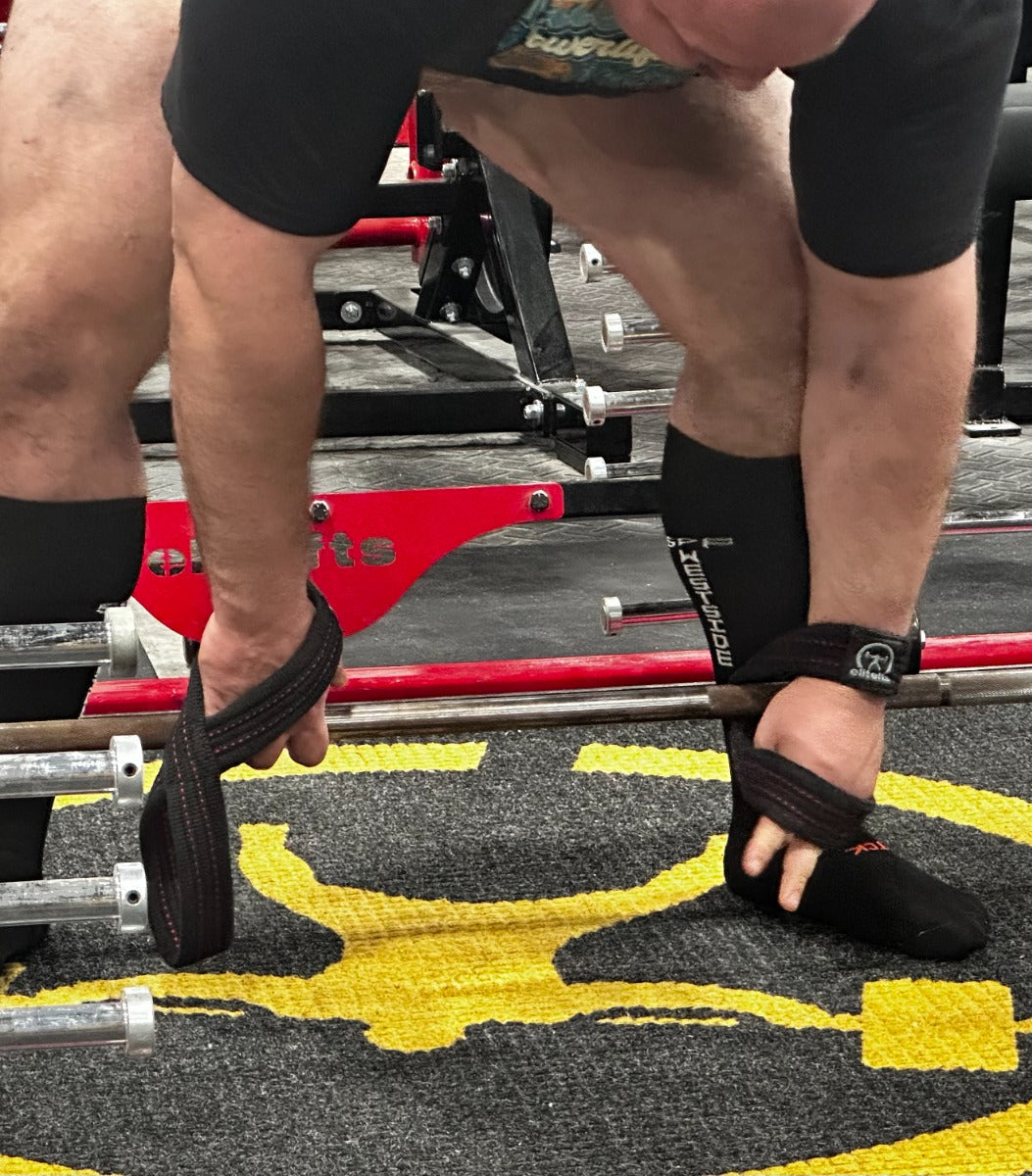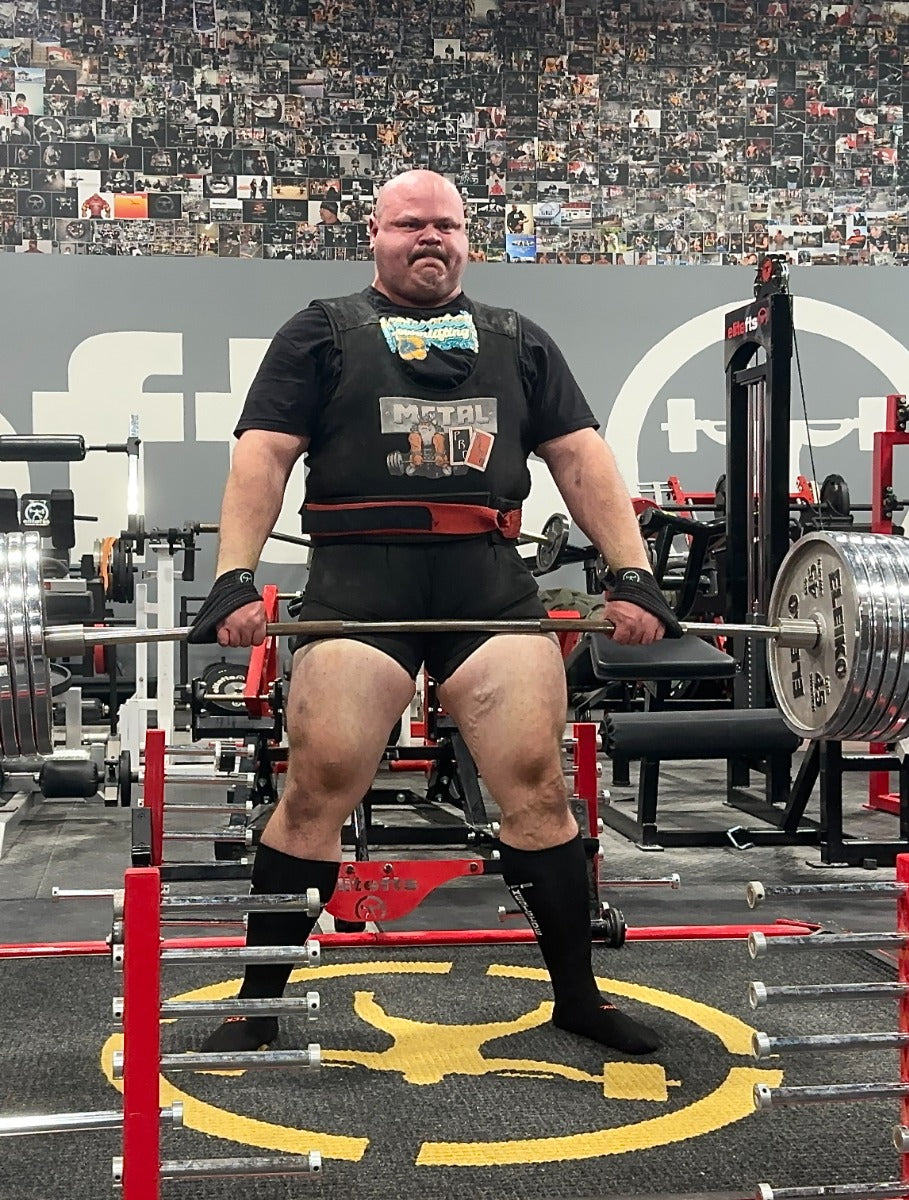A Story of Injury
I became interested in eccentric overloading when I wanted to build ultra-resistant (unbreakable) athletes. I developed an obsession with ensuring that the stresses and strains experienced by my athletes in competition were lower than those encountered during training. The idea behind this principle is simple: if I build a muscle that can resist 100kg of tensile stress, there is no reason why it should break against 60kg of resistance. This is called the structural capacity of a tissue. In theoretical construction, stresses must never exceed the structural capacity of fabrics to avoid injury (Gabbett T, 2021). So we are going to try to increase it.
Of course, this is an oversimplified image because when we talk about stress, we have to consider the entire structure (muscle, tendon, fascia, etc.) and bear in mind that stress is dependent on force, speed, direction of application (crushing, stretching, rotation), etc. But, you get the idea. As most muscular injuries occur during eccentric phases (SantAnna JPC, 2022), I searched for a way to increase eccentric muscle resistance in my athletes.
Using Eccentric Overload
"Eccentric muscle actions involve the active lengthening of muscle tissue against an external force or load, in contrast to isometric and concentric muscle actions, which involve no change in muscle length or the shortening of muscle tissue, respectively" (Suchomel TJ, 2019). The eccentric contraction mode is found in all dynamic musculation movements, in most athletic movements in the form of pre-stretch (pre-stretch is the preaction before jumps, throws, or sprints), but also during braking and direction changes in running.
The particularity of the eccentric contraction mode is that it allows a higher level of force than the concentric contraction mode (10 to 35 percent peak force > concentric) (Ryan Whitley, 2022). As a result, it is quite complicated to apply real eccentric stress during traditional strengthening, where the load is defined by the maximum concentric force. Our reference point is always our concentric One Rep Max.
2/1 Technique
When we think of eccentric training, what we typically see in training terms is the application of a tempo during the eccentric phase to lengthen its duration. Tempo training using a slower eccentric phase is interesting, but it is not really a muscle overload. You force yourself to slow down the load; you do not struggle to hold it back, which is really different. Using weights releasers could be a good option, but they do not allow for multiple repetitions, and they have to be reset for each set.
Moreover, in practical terms, when you are training several athletes at the same time, you have to adjust the length of the supports for each athlete, and that is not very practical. Inertia pulleys are also a good option, but like weight releasers, they become complex to set up if you are training several athletes simultaneously. I have more than twenty athletes at any one time, which makes them unsuitable for group use. One of the only ways to benefit from eccentric overload in a practical, self-training way is the so-called 2/1 technique.
RECENT:
A Neck Training Blueprint for Athletes
This involves overloading the eccentric portion of a movement by modifying the movement during the concentric phase. This modification can be of several kinds:
- Use a movement with a favorable lever arm during the concentric portion of a movement. Examples are traditional
deadlifts in the concentric phase and straight-leg deadlifts in the eccentric phase. - Add an assistance: a second limb or a cheated repetition during the concentric phase. For example, cheated
curls in the concentric and strict eccentric phases. Also, horizontal
pulley pulls with two hands, then one hand in the eccentric phase. - Partner loading the eccentric portion (dangerous because of little measurement and control) or unloading the concentric portion. For example, removing weights on push-ups during the ascent (concentric phase) or pressing on the bar during the descent (eccentric phase) on a
bench press.
Methods One and Two are my favorites. It is really important that it is very difficult, if not almost impossible, to perform the concentric phase during the movements. Otherwise, it is not a real eccentric overload. It may be possible on "long" set formats, such as six repetitions, to perform one concentric repetition with the load, but with the sequence of repetitions, this should no longer be possible.
Eccentric 2/1 to Reduce the Risk of Injury
I began to apply this protocol in the off-season to muscle groups that posed recurrent problems (calves and adductors) because muscle strengthening appeared to be an effective strategy for reducing the risk of injury (Lauersen JB, 2014). One of the reasons why I use this strategy extensively in the off-season is the role it could have on musculo-tendinous structures. As each tissue has its tolerance capacity, it may be possible to improve this capacity using eccentric overload.
Eccentric overload training could help strengthen tendon structures (Kingma JJ, 2007) (Demir Benli M, 2022) (Sanz-López F, 2017). It also prepares all structures for increasingly high eccentric stresses, helping reduce the risk of injury. (Beato M, 2020) .
The work schedule I use to introduce eccentric overload work with the 2/1 method is relatively always the same:
- Isometric work: Optional, it can be used to start stimulating the muscle without concentric and eccentric stress if you are not familiar with working the pattern or muscle in question.
- Tempo-controlled eccentric: Prepares structures for eccentric work. The load does not exceed concentric capacity.
- Eccentric 2/1: Load or repetition accumulation should be close to or exceed concentric capacity.
- Fast-speed eccentric: As most sporting activities occur at very high speeds, finishing off tissue "preparation" with high-speed stress is important. Acceleration also increases eccentric stress, which is similar to plyometric work.
- At the same time, I try to maintain a "traditional" workload with full amplitude and a normal 2010-type execution tempo. Here is an example of programming to work on injury prevention.
Injury Prevention
I use this protocol mainly on the following exercises:
Adductor Copenhagen Plank
The lower leg assists the eccentric phase. It would also be possible for a partner to add pressure during the eccentric phase.
This video illustrates the other phases of the protocol.
Medial Glute Lateral Hip Thrust Against Partner Pressure
Gastrocnemius Calf
This video illustrates the other phases of the protocol.
2/1 Eccentric for Strength Development and Hypertrophy
Following my explorations and tests, I realized that the application of eccentric overload could be beneficial for other purposes: Eccentric strengthening is of interest in physical preparation, as it can improve hypertrophy, strength, and power. (Suchomel TJ, 2019).
By using it on other muscle groups, I realized that it was a real plus for developing hypertrophy and strength. I incorporate it enormously into my programs today.
The drop set on the last series will depend on the type of eccentric overload used. Here are some examples of the main exercises I use:
Seated Row Two Arms/One Arm
Perform the pull with two arms, then the eccentric phase with one hand. Finish the series as normal, then perform a maximum number of repetitions with two arms, then a maximum number of repetitions using a cheated movement (incorporating a hip extension).
Fly/Dumbbell Bench Press
Perform an eccentric phase in the spread position, then raise the
dumbbells to develop a neutral lying grip. At the end of the last set, perform a maximum number of repetitions of the DCH squeeze press (push the two dumbbells against each other), then if you are really hurting yourself, add a maximum number of repetitions of half-amplitude (no chest contact and no elbow lock) in the portion where you are strongest.
Skullcrusher/Bench Press Close Grip
Perform the eccentric phase on the
front bar, then bring the bar down to your chest to perform a tight grip lie-down. After the last repetition, perform a maximum number of repetitions of the close grip bench press, followed by a maximum number of repetitions in a half-amplitude grip to finish (as for the fly/dumbbell bench press).
Biceps Curl Two Arms /One Arm
I find the pulley version simpler. Perform the concentric phase with two arms and the eccentric phase with one arm. To perform the drop set, place your two hands on the handle and perform maximum repetitions. You can further increase the volume by performing a maximum number of cheated repetitions.
Lateral Raise Elbows Bent/Elbows Straight
Raise the dumbbells using a bent elbow position (reduces the lever arm), then straighten the elbows to perform the eccentric phase. At the end of the last series, perform as many repetitions as possible using cheated lateral raises.
Leg Press Two Leg/One Leg
Push the two
leg press, then perform the one leg dip. After your last set, do a maximum of two leg repetitions, then follow up with a maximum of half-amplitude repetitions.
It can also be done with
leg extension.
Leg Curl Two Legs/One Leg
Raise the load with two legs, hold the load with just one leg on the way down, remembering to extend your toes to reduce calf use. Finish with a maximum of two leg reps.
Ab Wheel on Feet/Knees
Using an
ab wheel, start off standing and stay on your feet for as long as possible (as long as you can maintain a neutral spine position), then "fall" onto your knees to finish the movement and complete the ascent. Try to get back on your feet as quickly as possible. On the last set, do as many repetitions as possible on your knees.
For strength training, the aim is to increase the loads used gradually. Do not hesitate to use phases one and two of the injury prevention protocol to prepare muscle structures for the constraints of strength training.
Here is an example of a progression you can use to help develop strength.
Use this protocol on movements where you feel safe, if possible, on machines. Warning: do not use this protocol on beginners. Muscular structures must already be accustomed to stress.
To Conclude
The use of eccentric overload, particularly through the 2/1 method, is an integral part of my strategies for preparing my athletes. As I explained, I restrict its use to pre-season and work with injured players. This method needs to be programmed correctly and requires real preparation beforehand. Eccentric overload work causes considerable muscle soreness and also (and this is the aim) a temporary weakening of the musculo-tendinous structures. Placement of these types of stress during the week needs to be carefully considered, especially when you have several sessions during the week or even the day. It may not be appropriate to train the same muscle groups at very short notice.
Eccentric overload for athletic development is not an end in itself. Indeed, sporting activities are characterized by very rapid action. To be relevant, physical preparation work needs to consider the whole strength-speed continuum. I believe the exclusive use of a 2/1 method would be counter-productive. It is not a miracle method, just a tool to be used in the right context.
For More Overload Eccentric Exercises
References
- B Friedmann, R. K. (2008). Muscular adaptations to computer-guided strength training with eccentric overload. Acta physiologica Scandinavica.
- Beato M, M.-I. S. (2020). Implementing Strength Training Strategies for Injury Prevention in Soccer: Scientific Rationale and Methodological Recommendations. International Journal of Sports Physiology and Performance.
- Birgit Friedmann-Bette, T. B.-A.-U. (2010). Effects of strength training with eccentric overload on muscle adaptation in male athletes. European journal of applied physiology.
- Cameron N Munger, D. C. (2017). Acute Effects of Eccentric Overload on Concentric Front Squat Performance. Journal of strength and conditioning research.
- Demir Benli M, T. H. (2022). A comparison between the efficacy of eccentric exercise and extracorporeal shock wave therapy on tendon thickness, vascularity, and elasticity in Achilles tendinopathy: A randomized controlled trial. Turkish Journal of Physical Medicine and Rehabilitation.
- Gabbett T, S. I. (2021). When progressing training loads, what are the considerations for healthy and injured athletes? British Journal of Sports Medicine.
- Kingma JJ, d. K. (2007). Eccentric overload training in patients with chronic Achilles tendinopathy: a systematic review. British Journal of Sports Medicine.
- Lauersen JB, B. D. (2014). The effectiveness of exercise interventions to prevent sports injuries: a systematic review and meta-analysis of randomised controlled trials. British Journal of Sports Medicine.
- Ryan Whitley, P. M. (2022). Periodisation of Eccentrically-Integrated Resistance Training during a National Rugby League Pre-Season. International Journal of Strength and Conditioning.
- SantAnna JPC, P. A. (2022). Muscle Injury: Pathophysiology, Diagnosis, and Treatment. Rev Bras Ortop.
- Sanz-López F, B. C.-C.-A. (2017). Effects of eccentric overload training on patellar tendon and vastus lateralis in three days of consecutive running. Knee. The Knee.
- Suchomel TJ, W. J. (2019). Implementing Eccentric Resistance Training-Part 1: A Brief Review of Existing Methods. Journal of Functional Morphology and Kinesiology.
Bio
Romain Guerin is a French strength and conditioning coach for professional rugby. He worked with the under 16 France team rugby league, rugby league academy, and police special forces. Romain earned his master's degree in sport science and other certifications like Westside Barbell® Special Strength Certificate and EXOS® certification. He can be reached at romainguerin.coachsport@gmail.com. Follow him on Instagram @romainguerin_pro.

